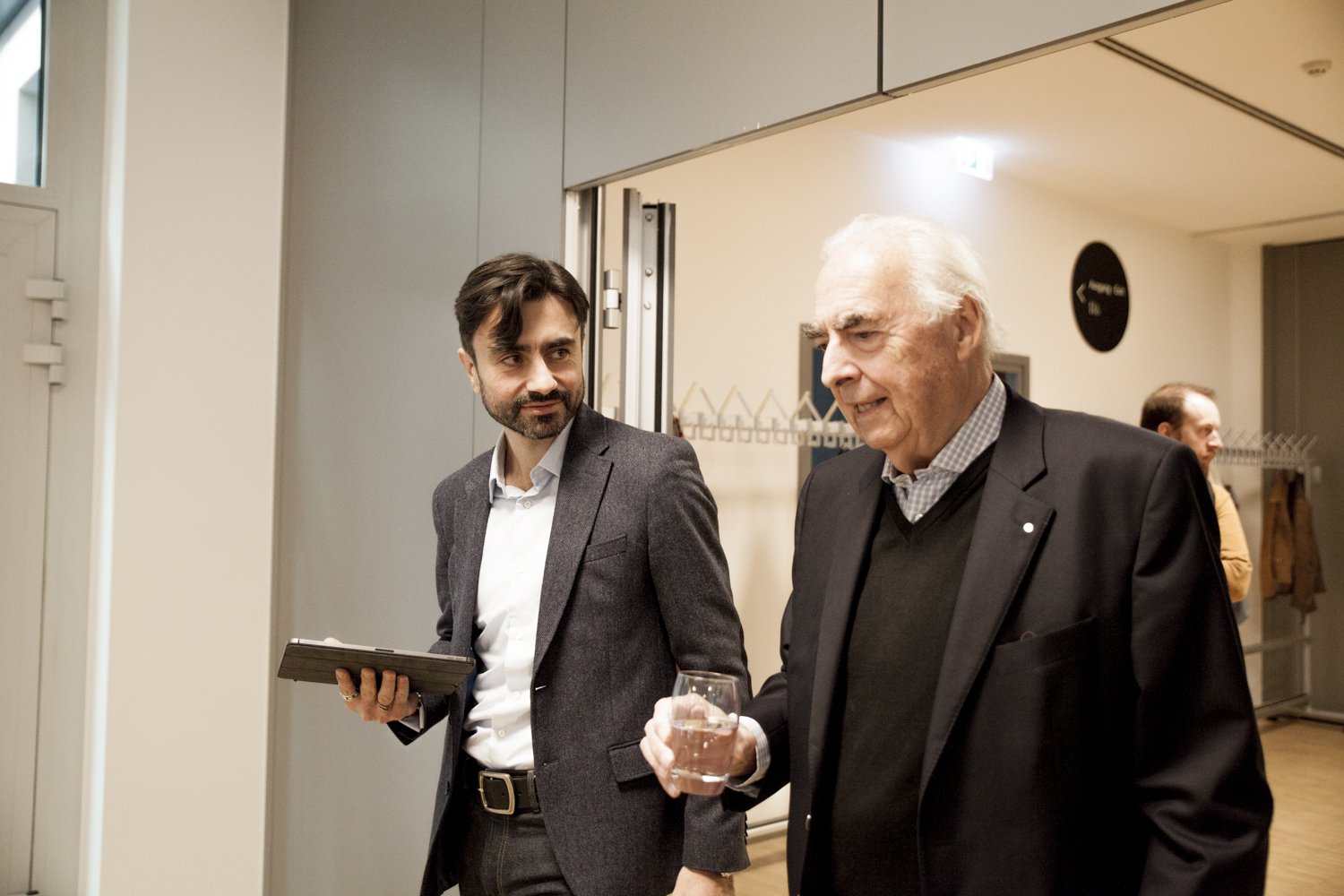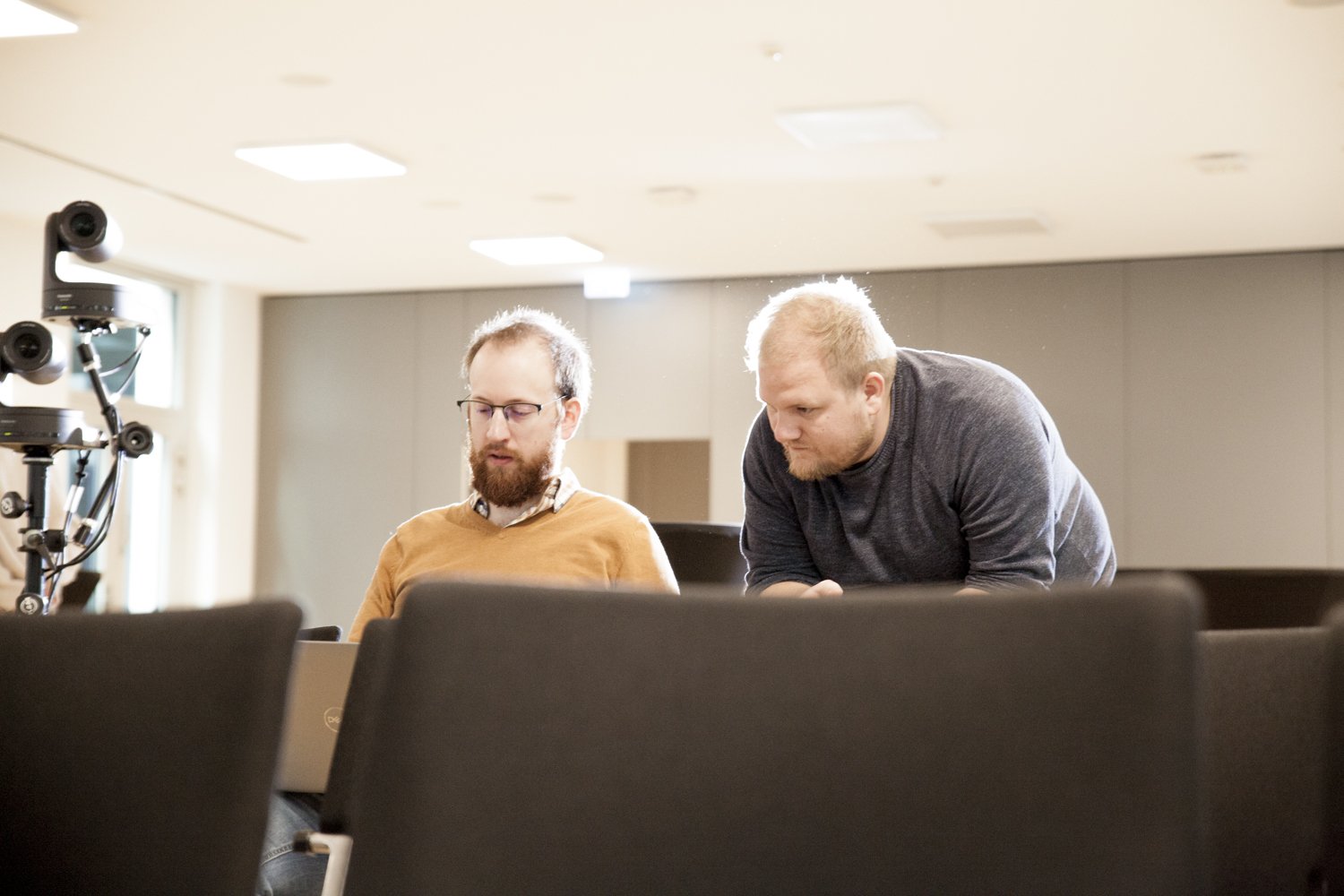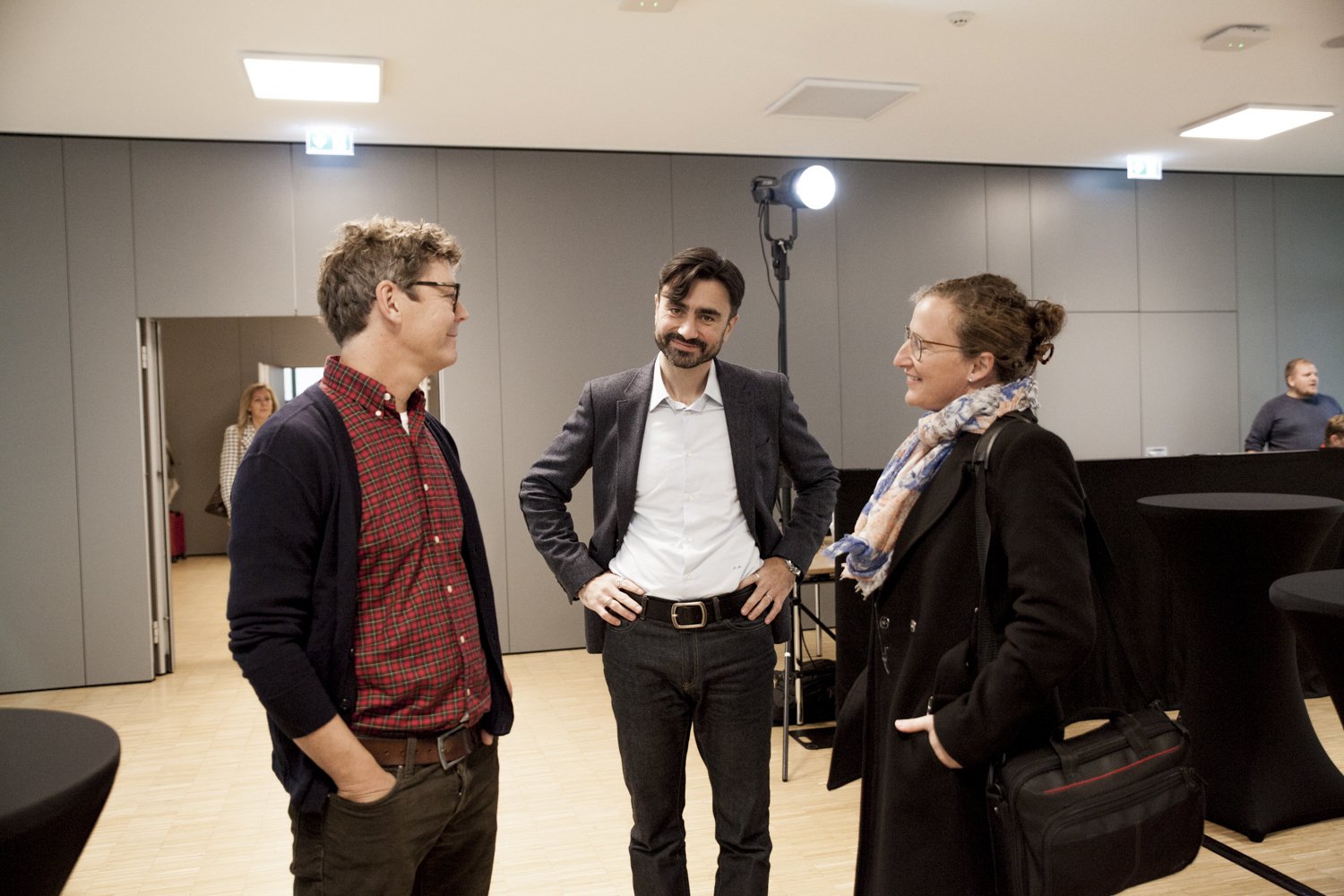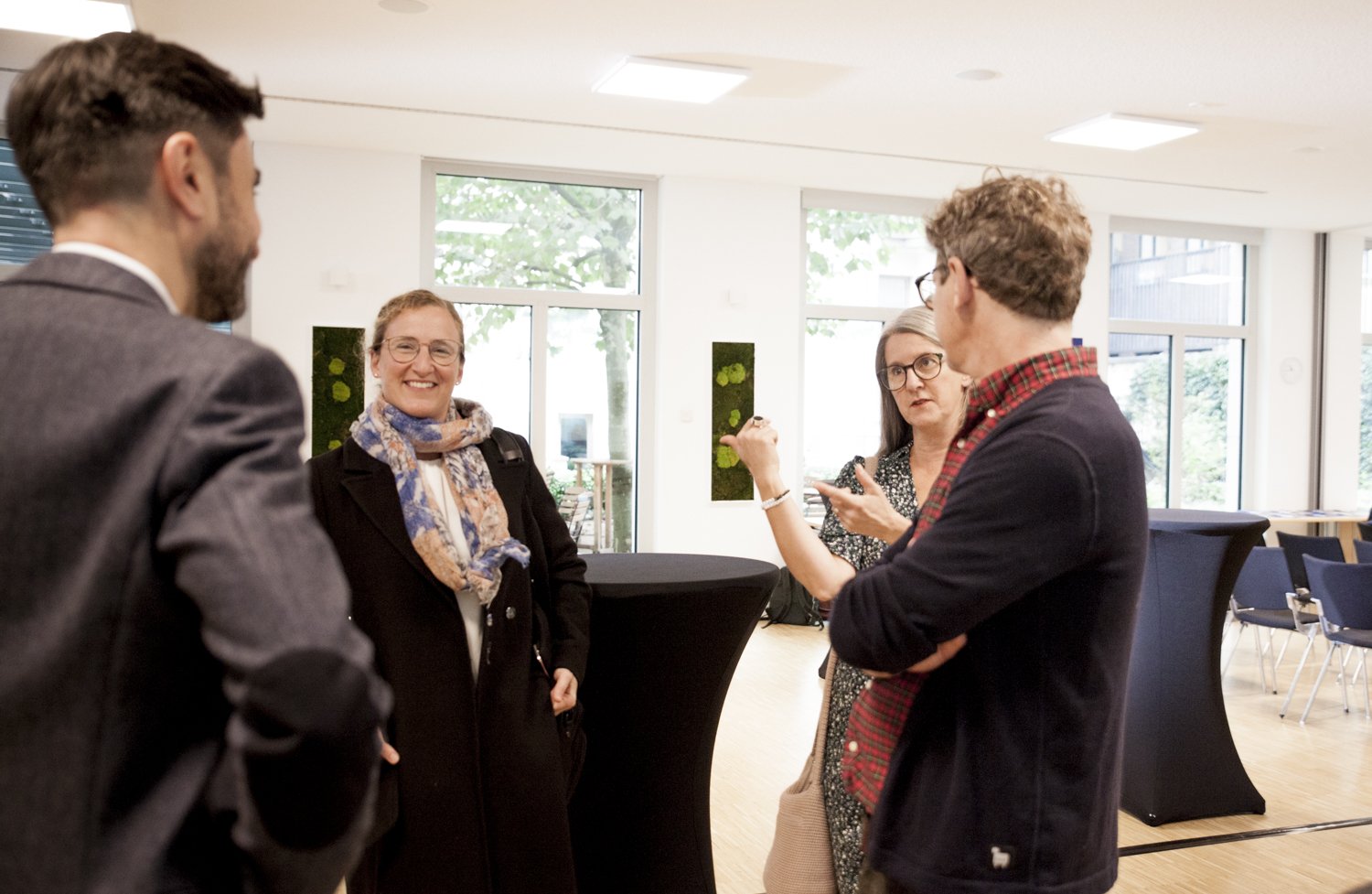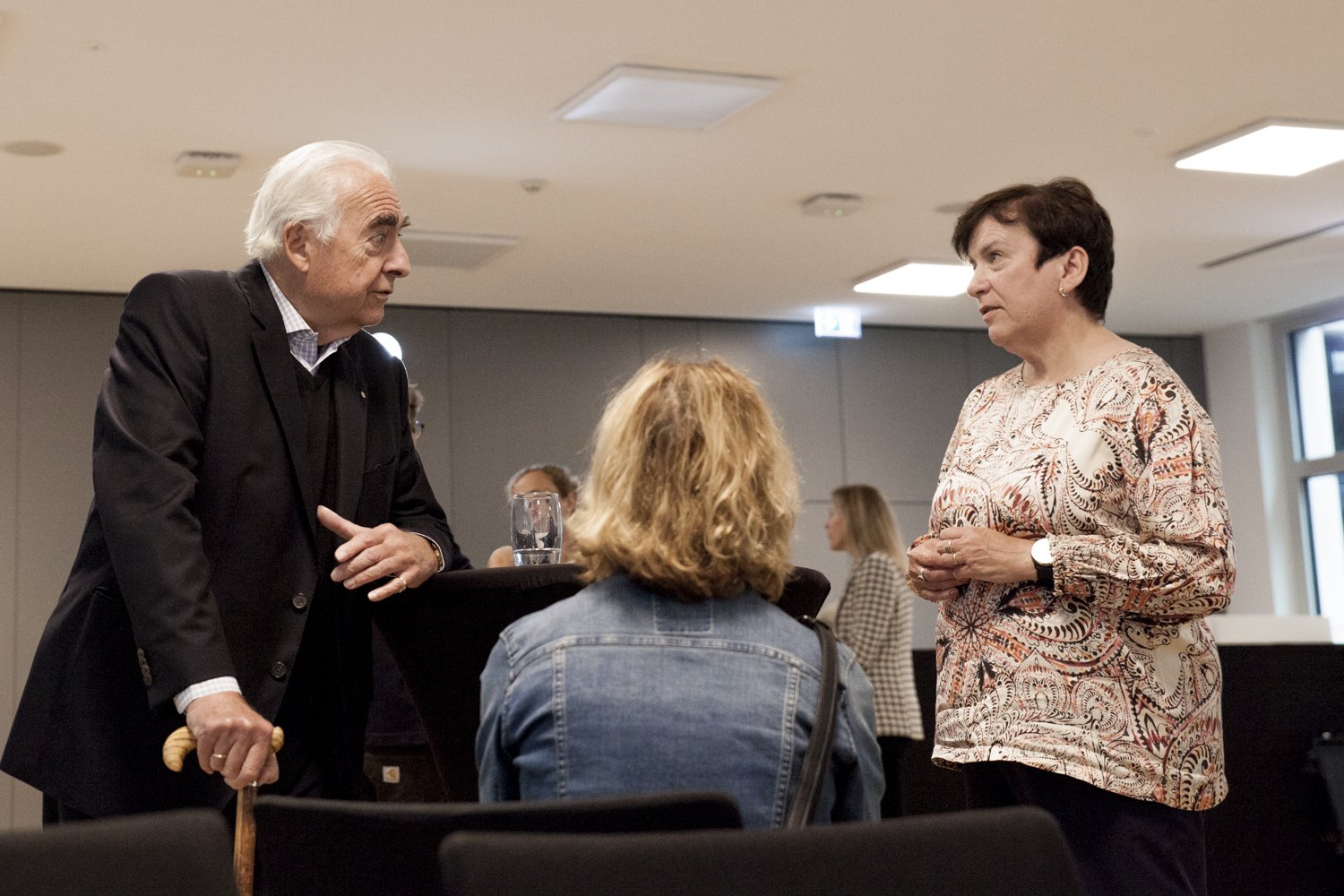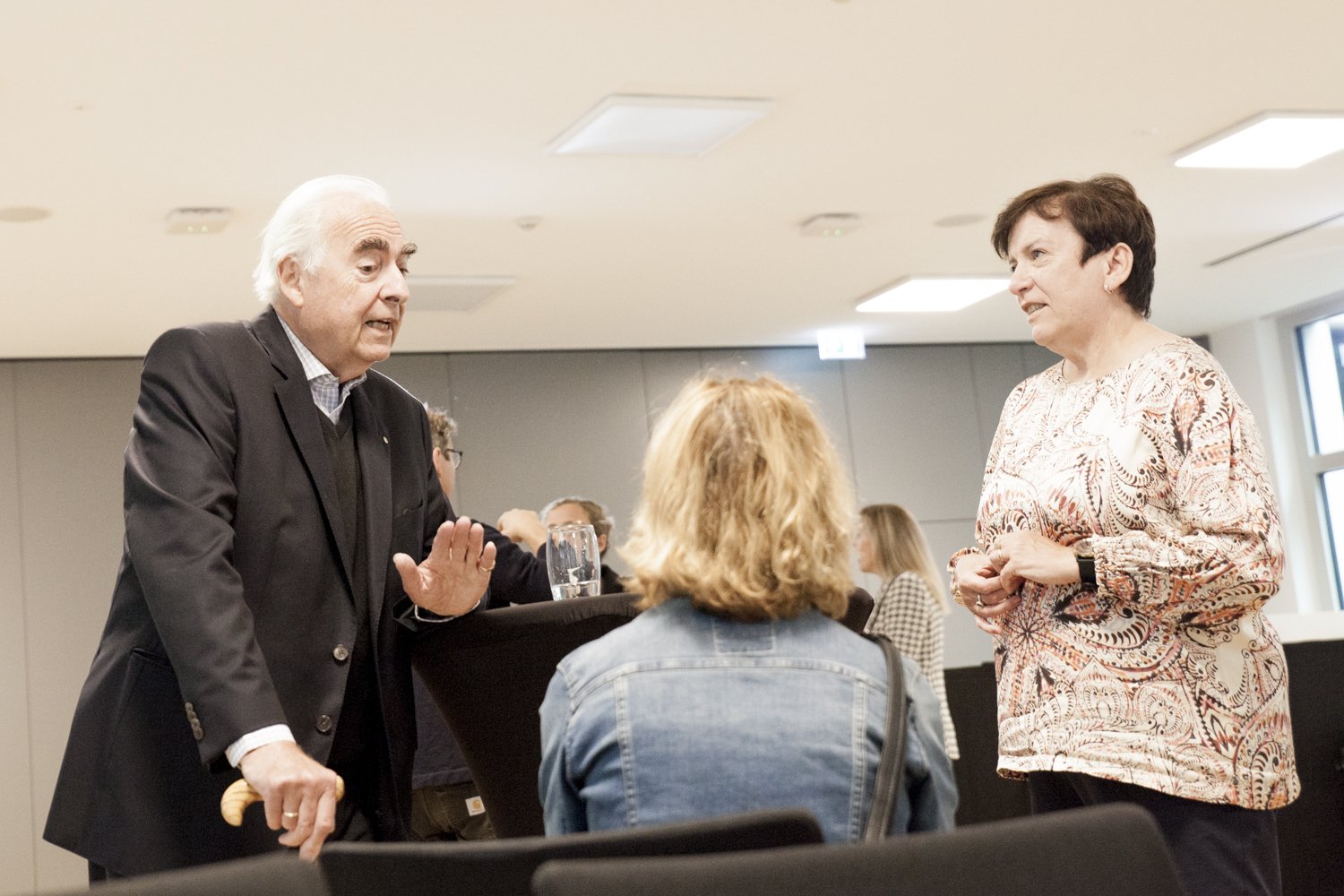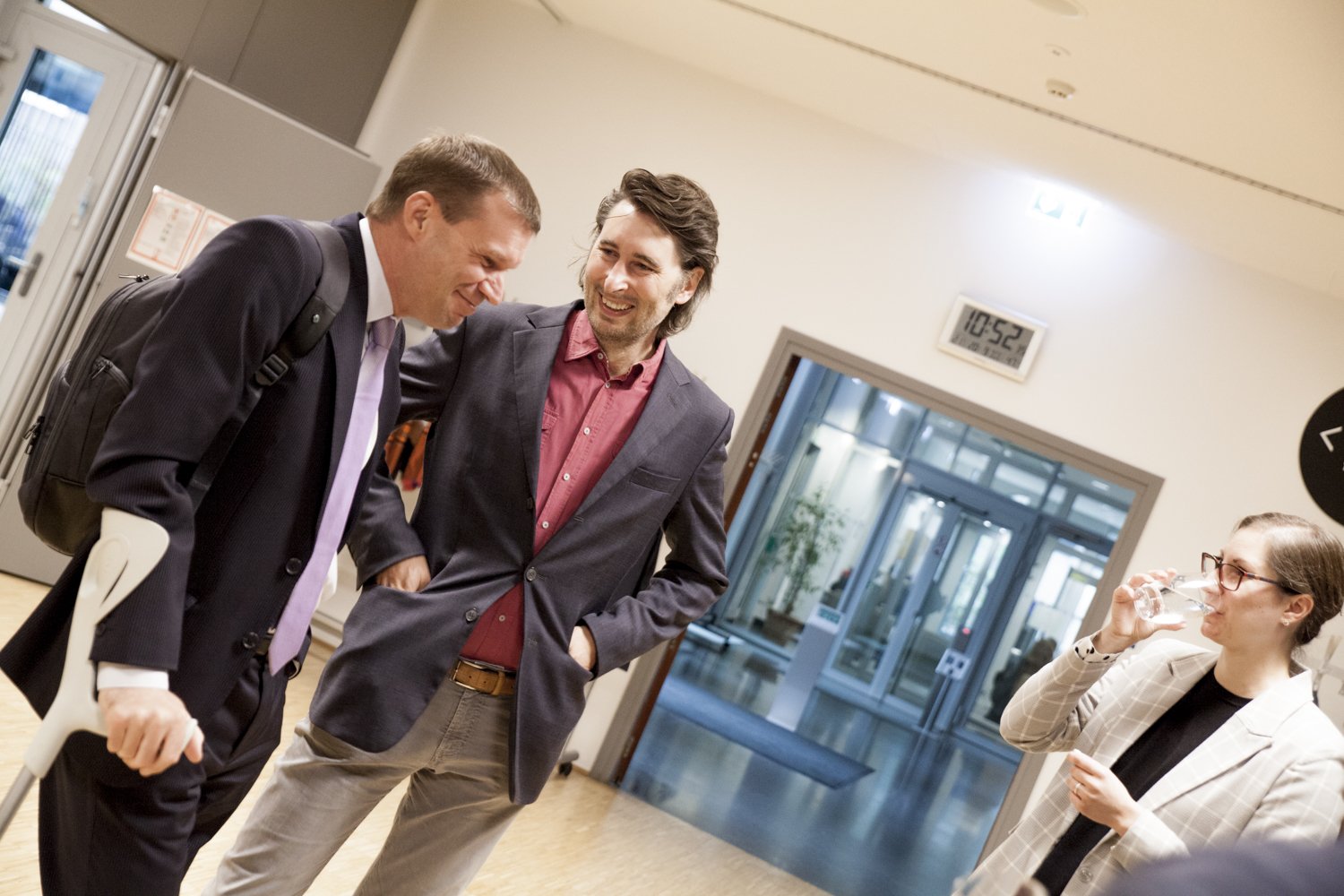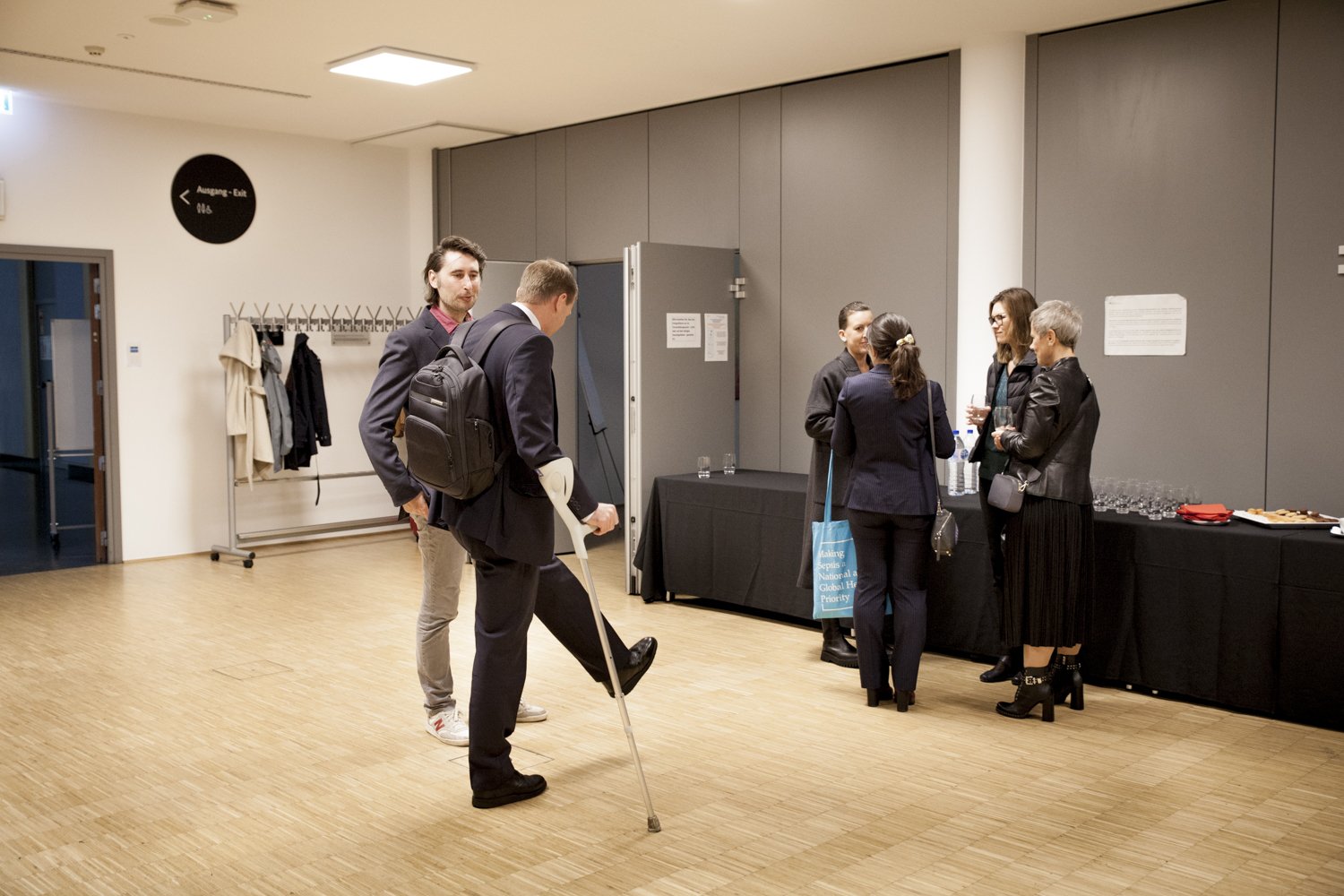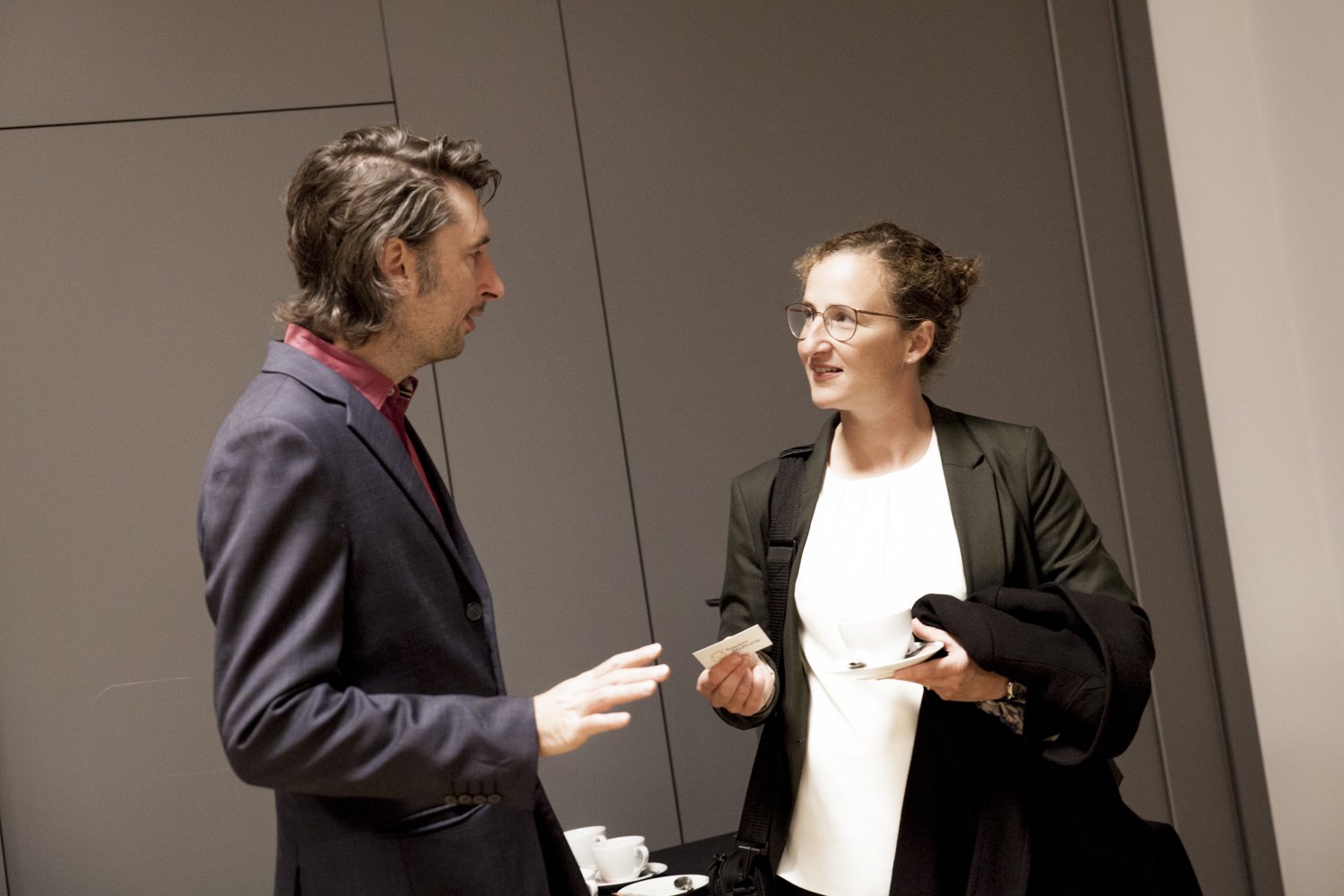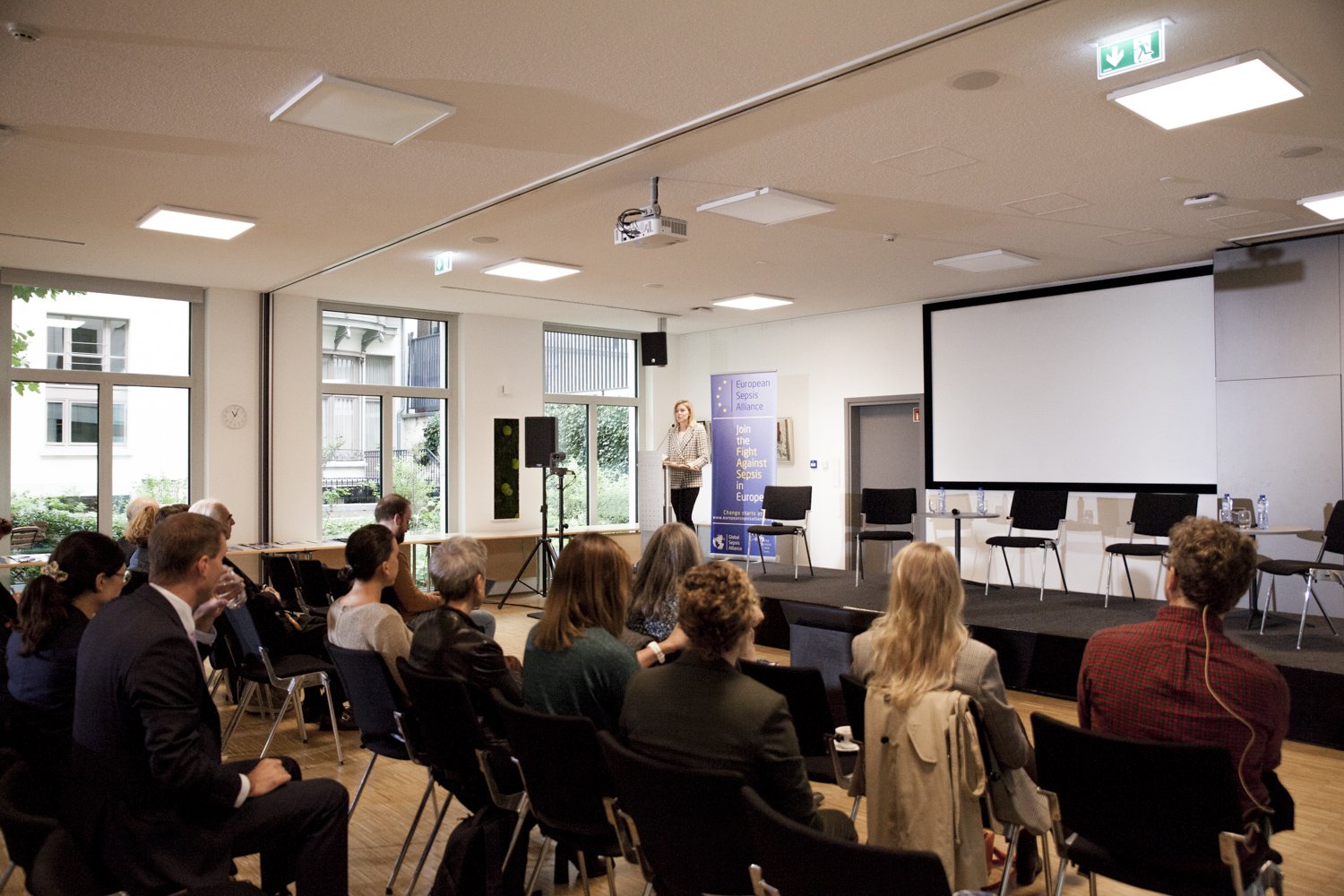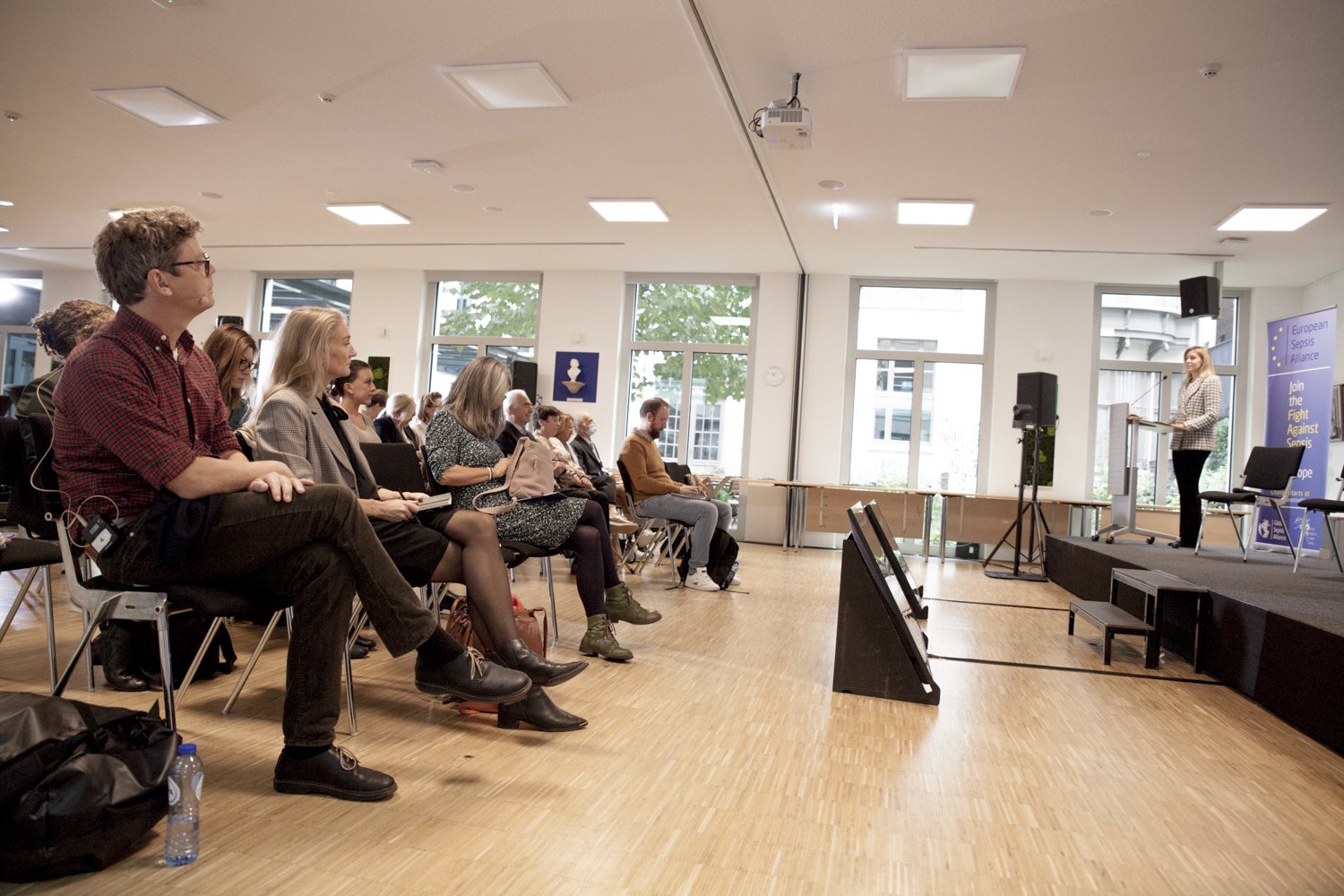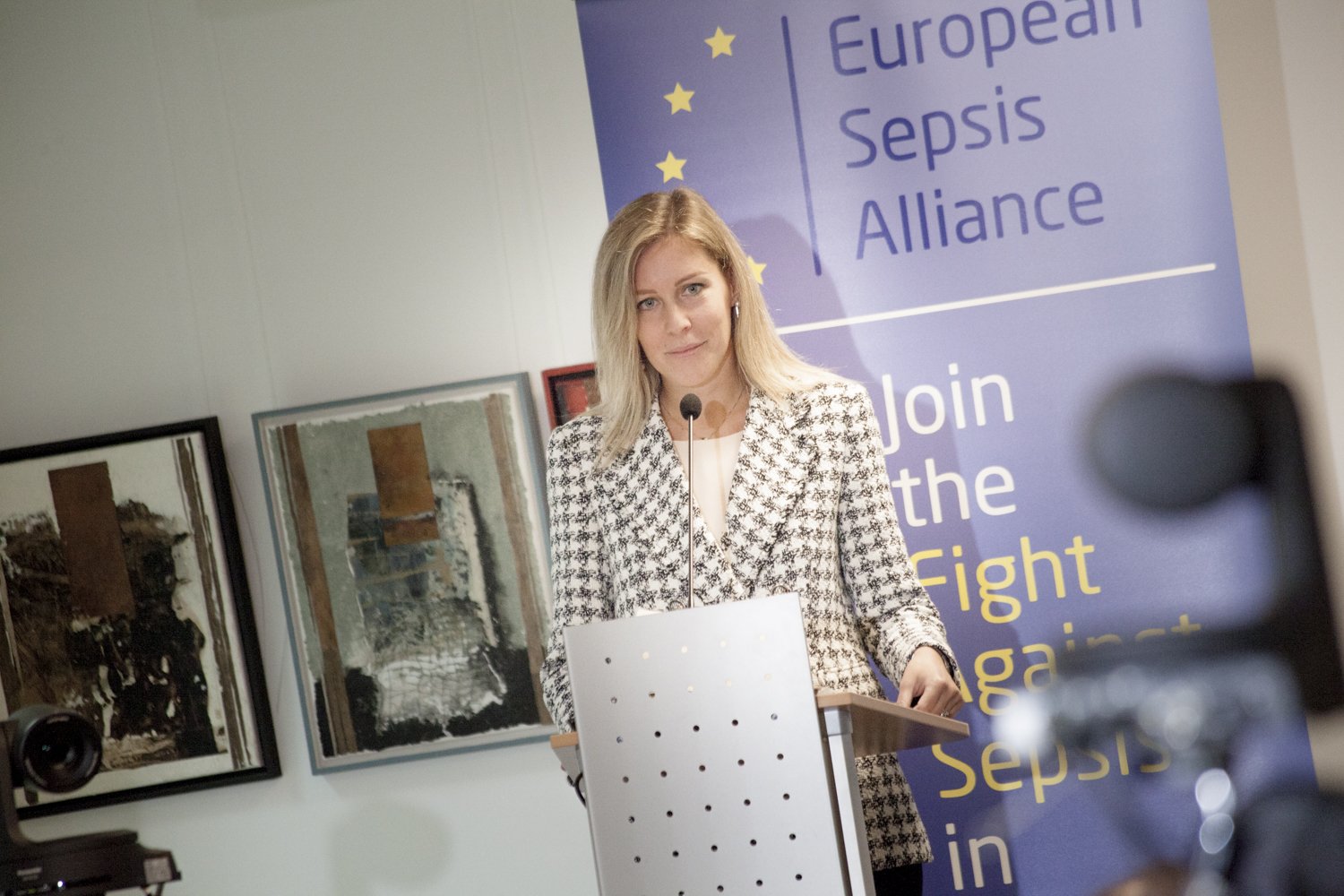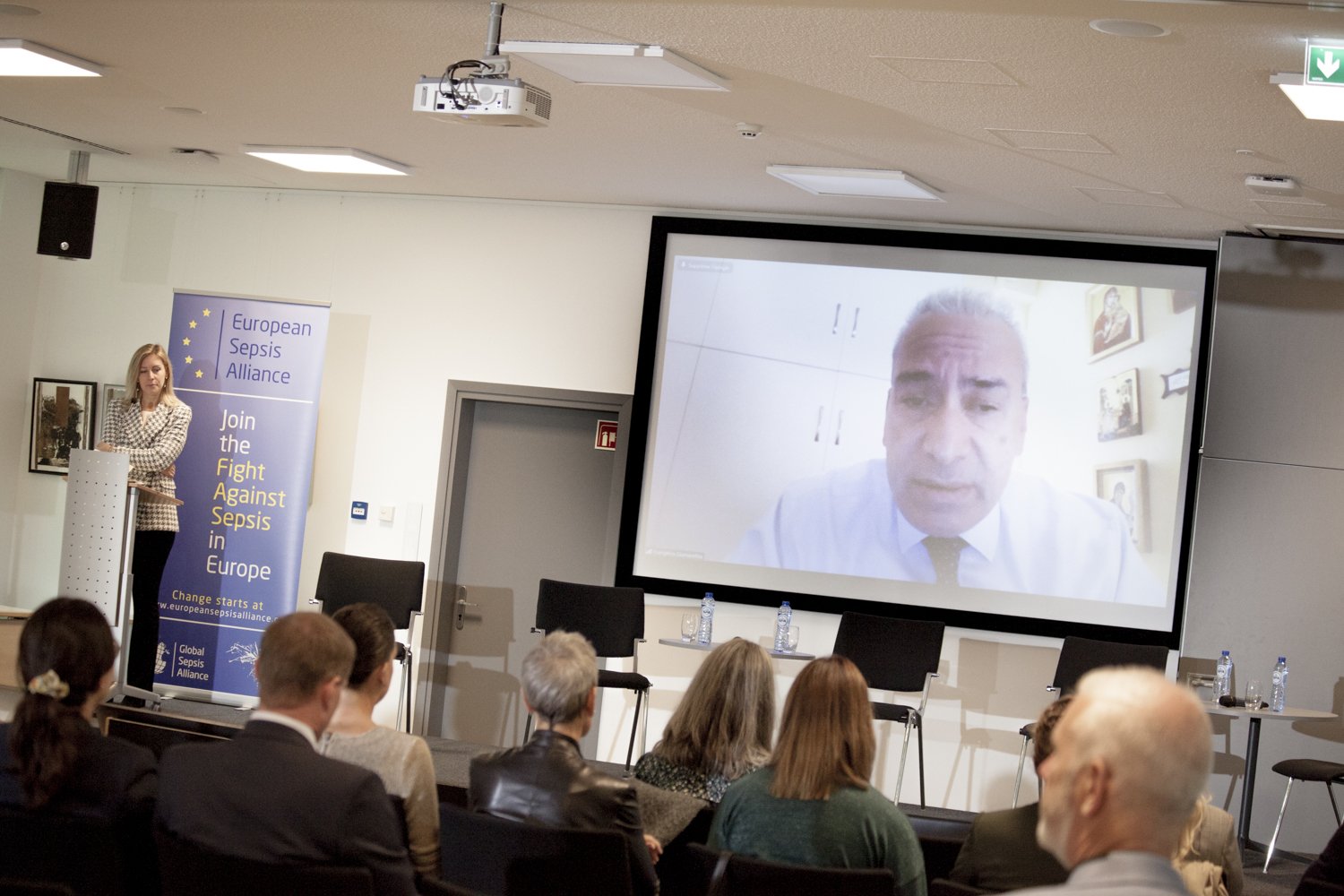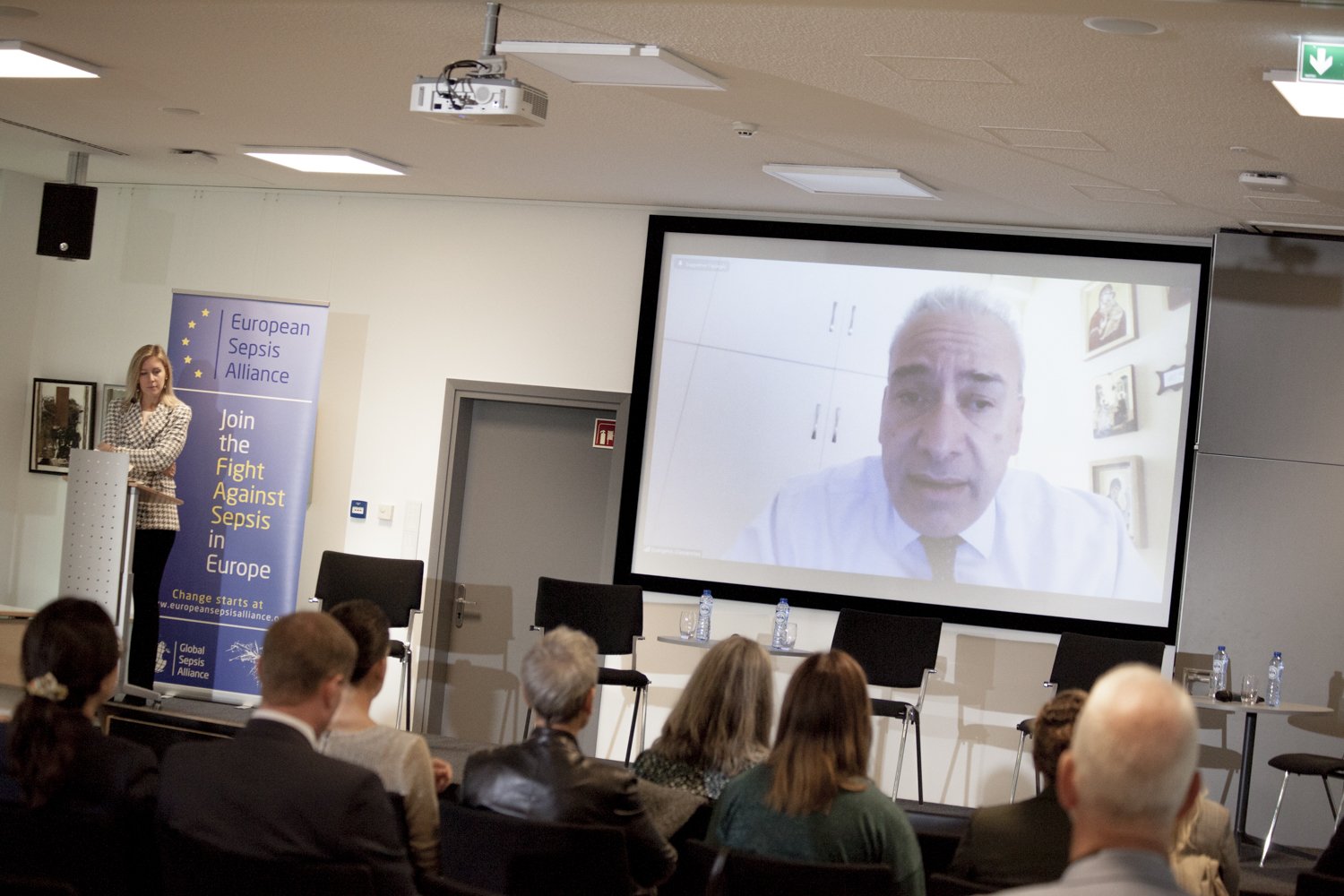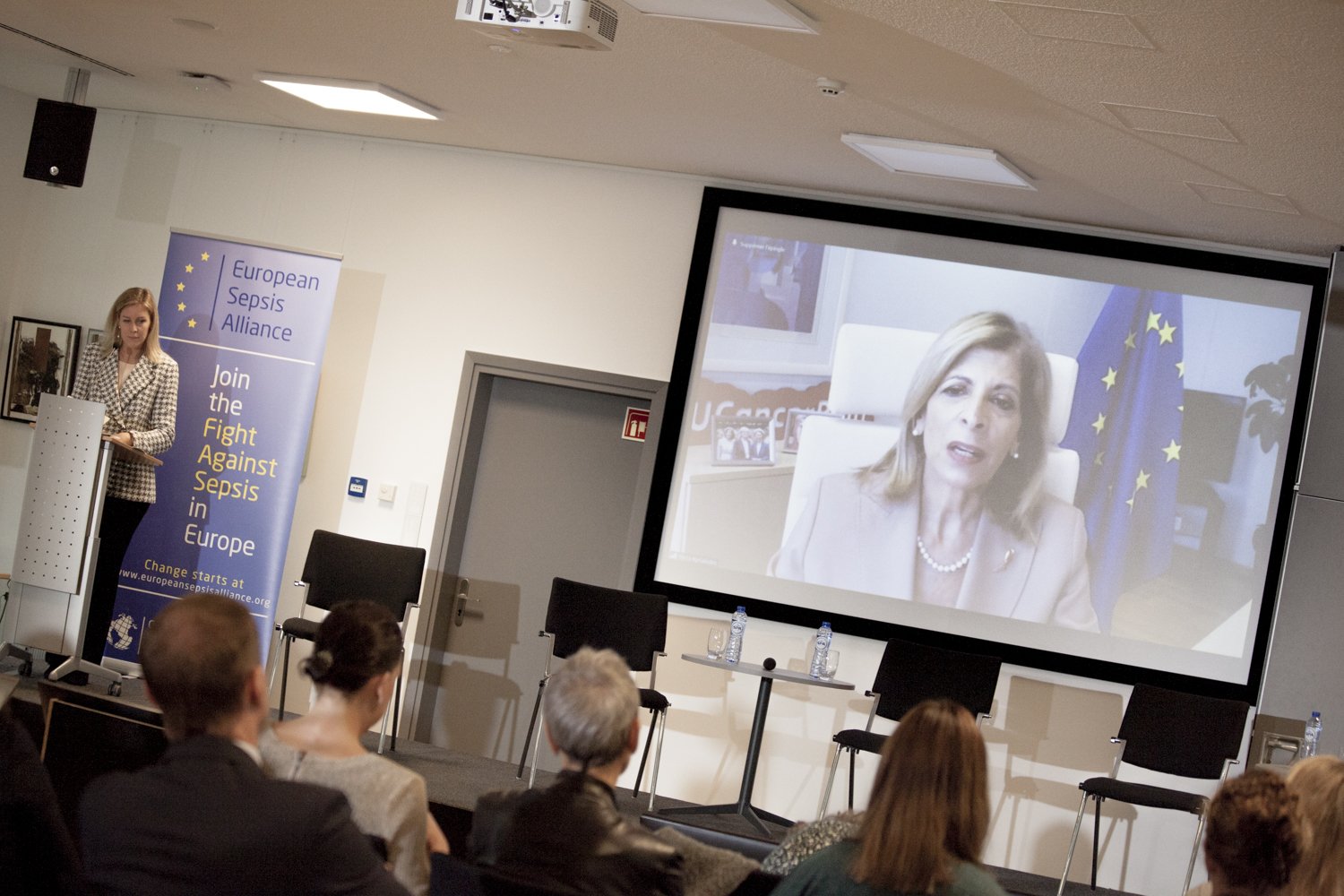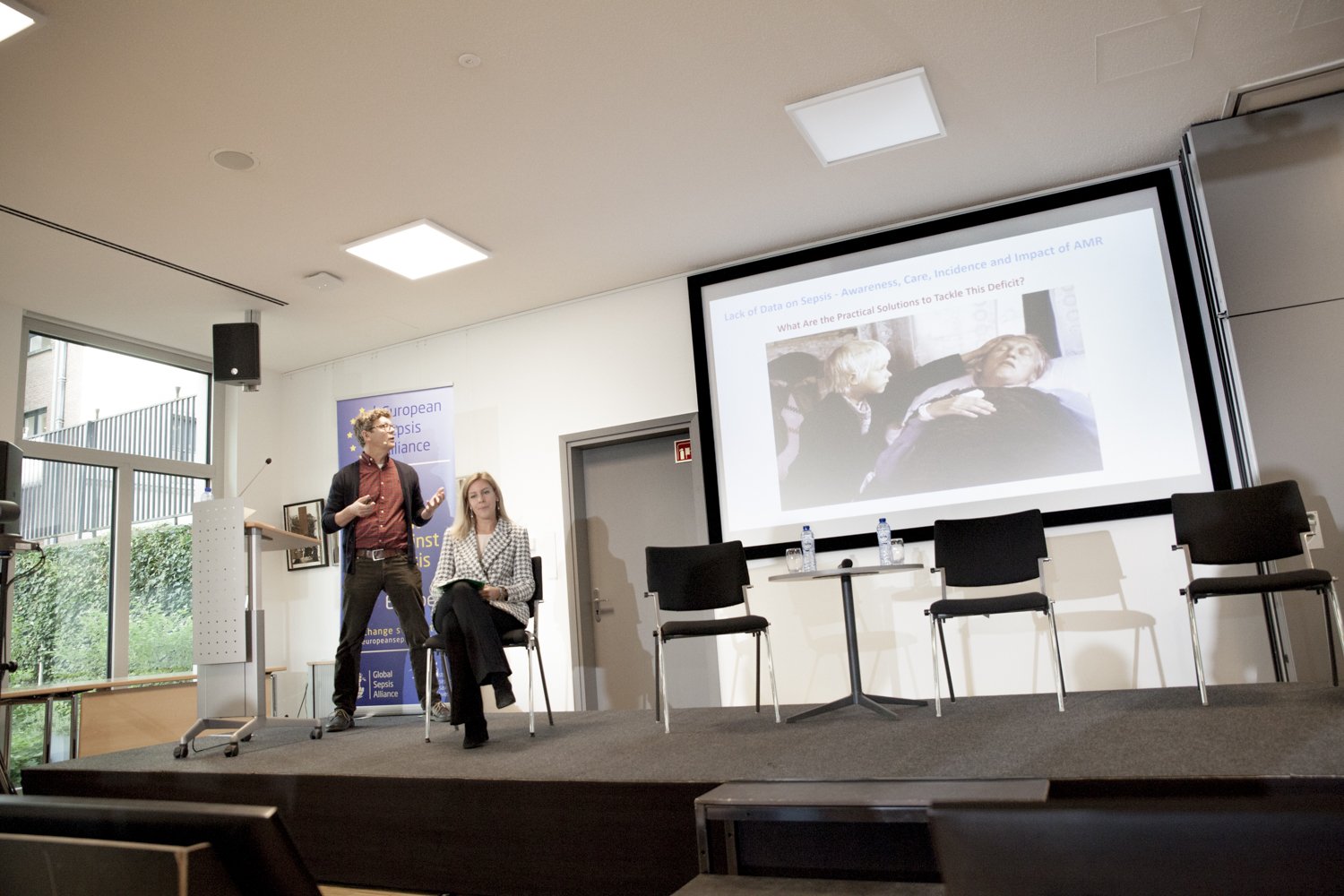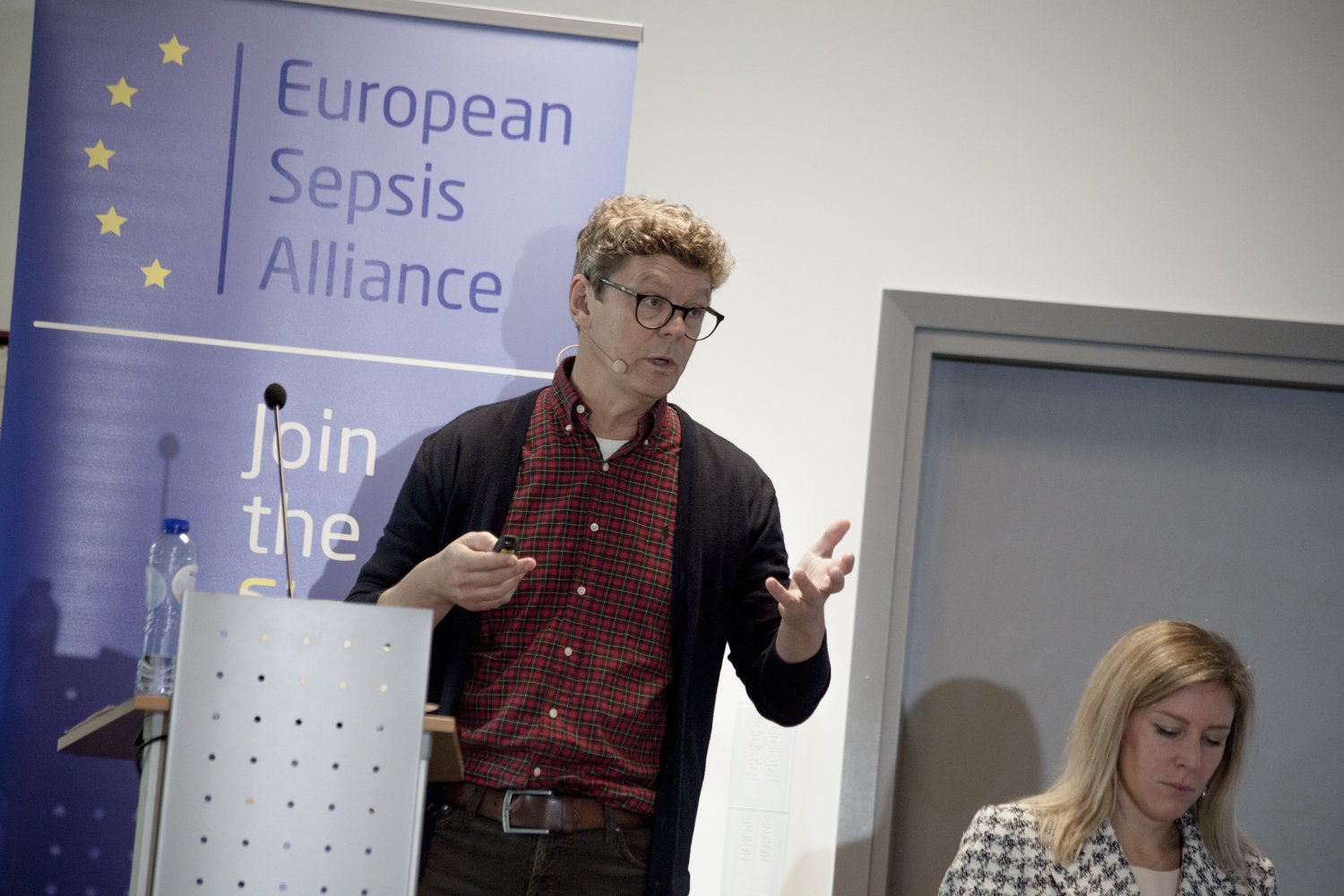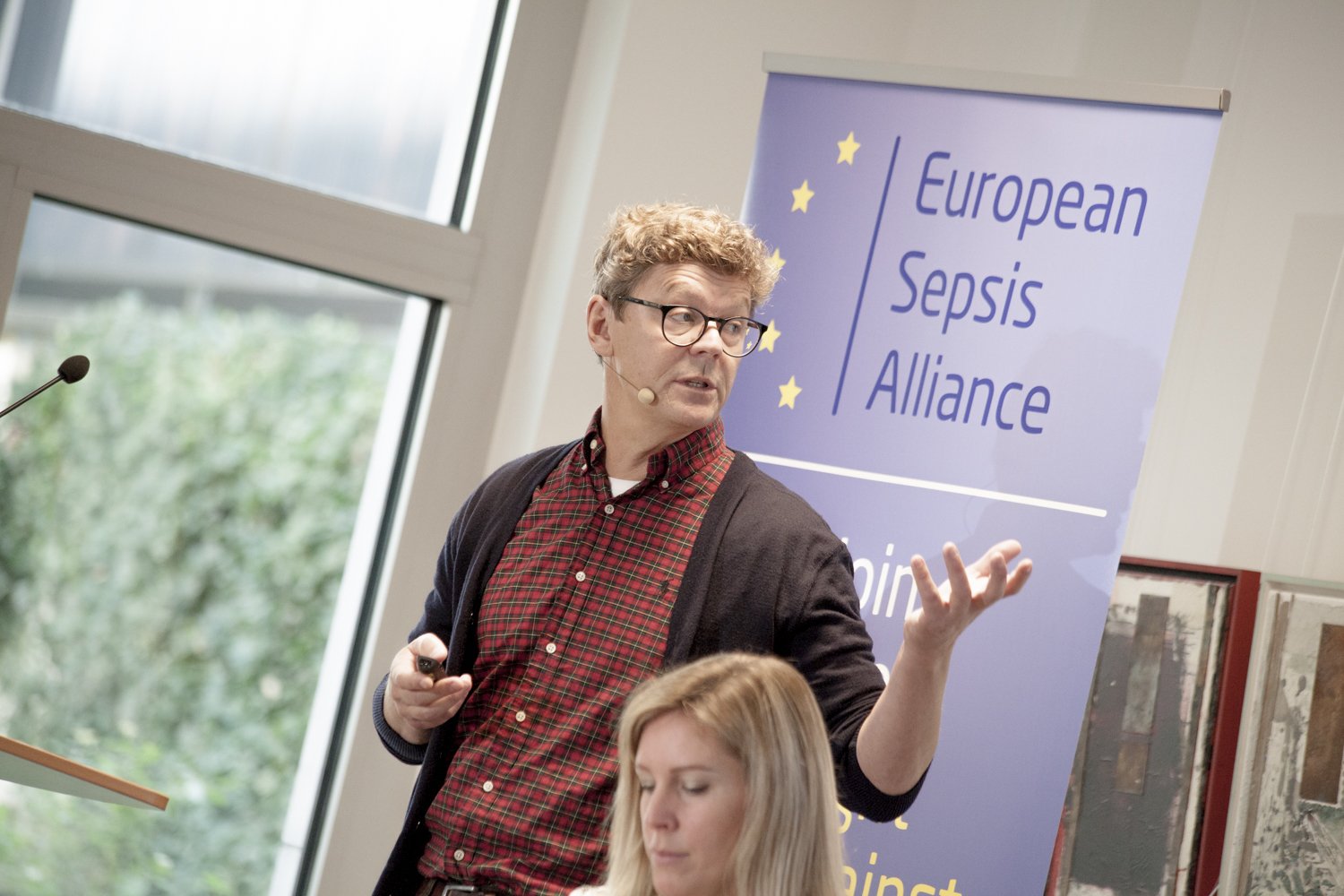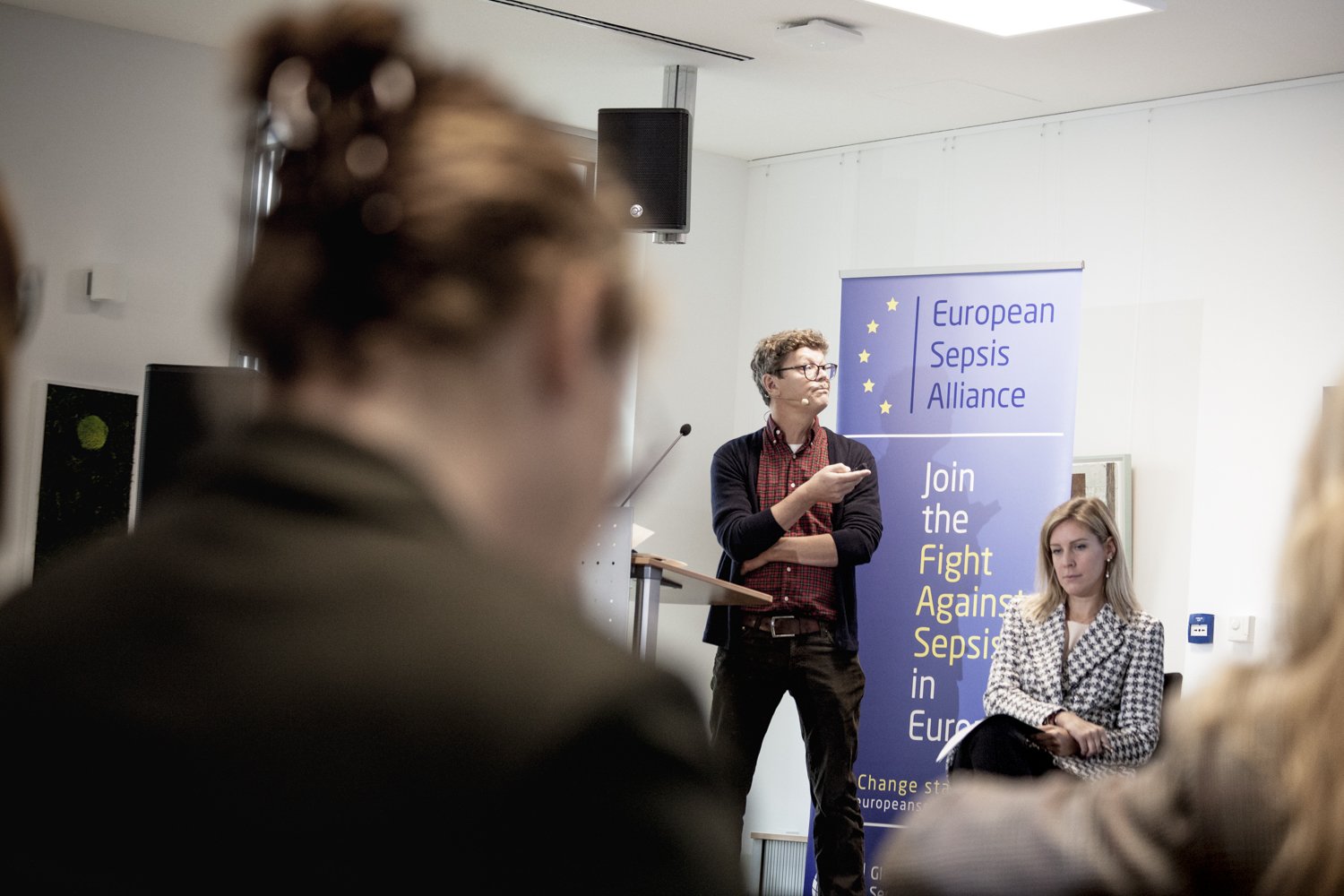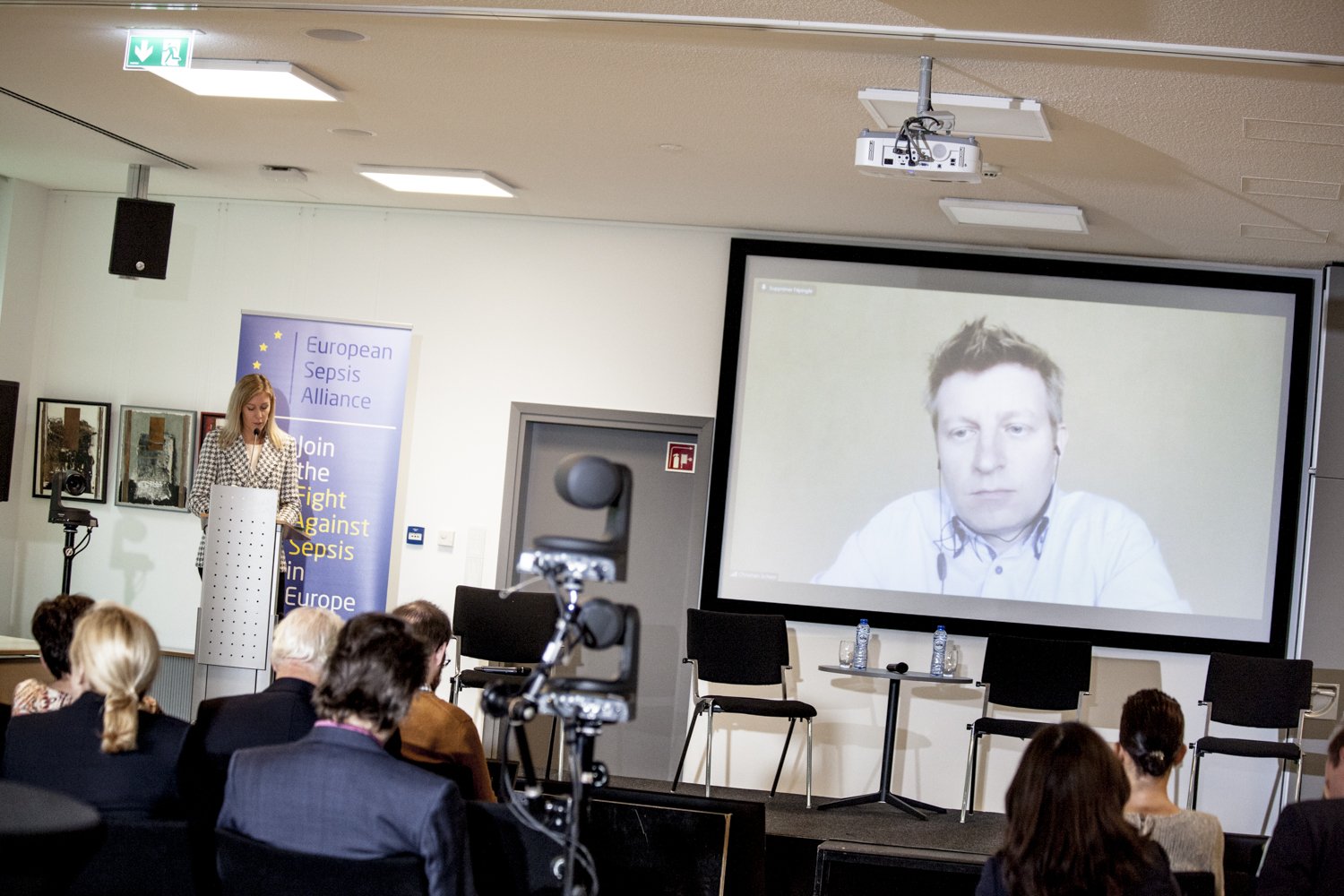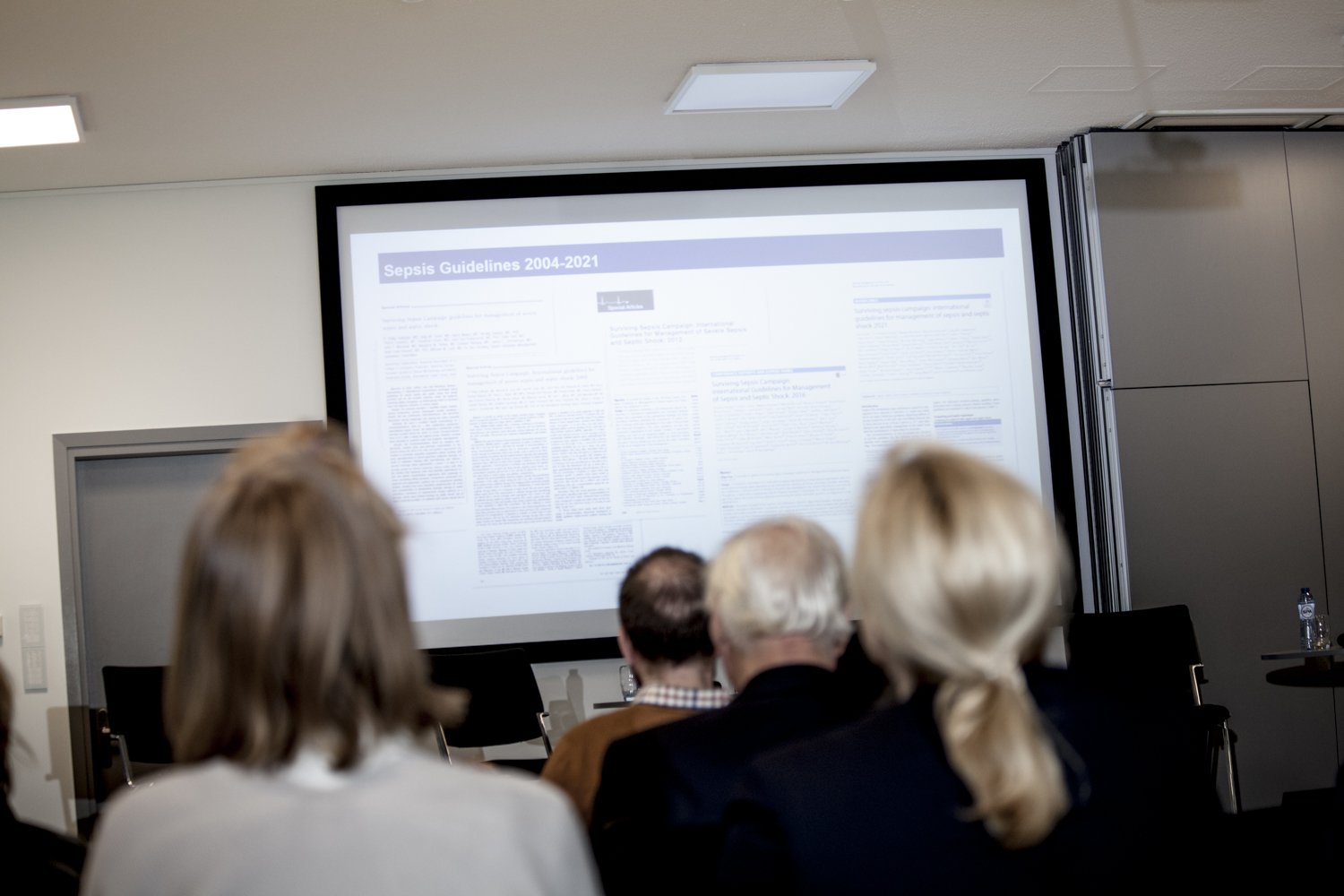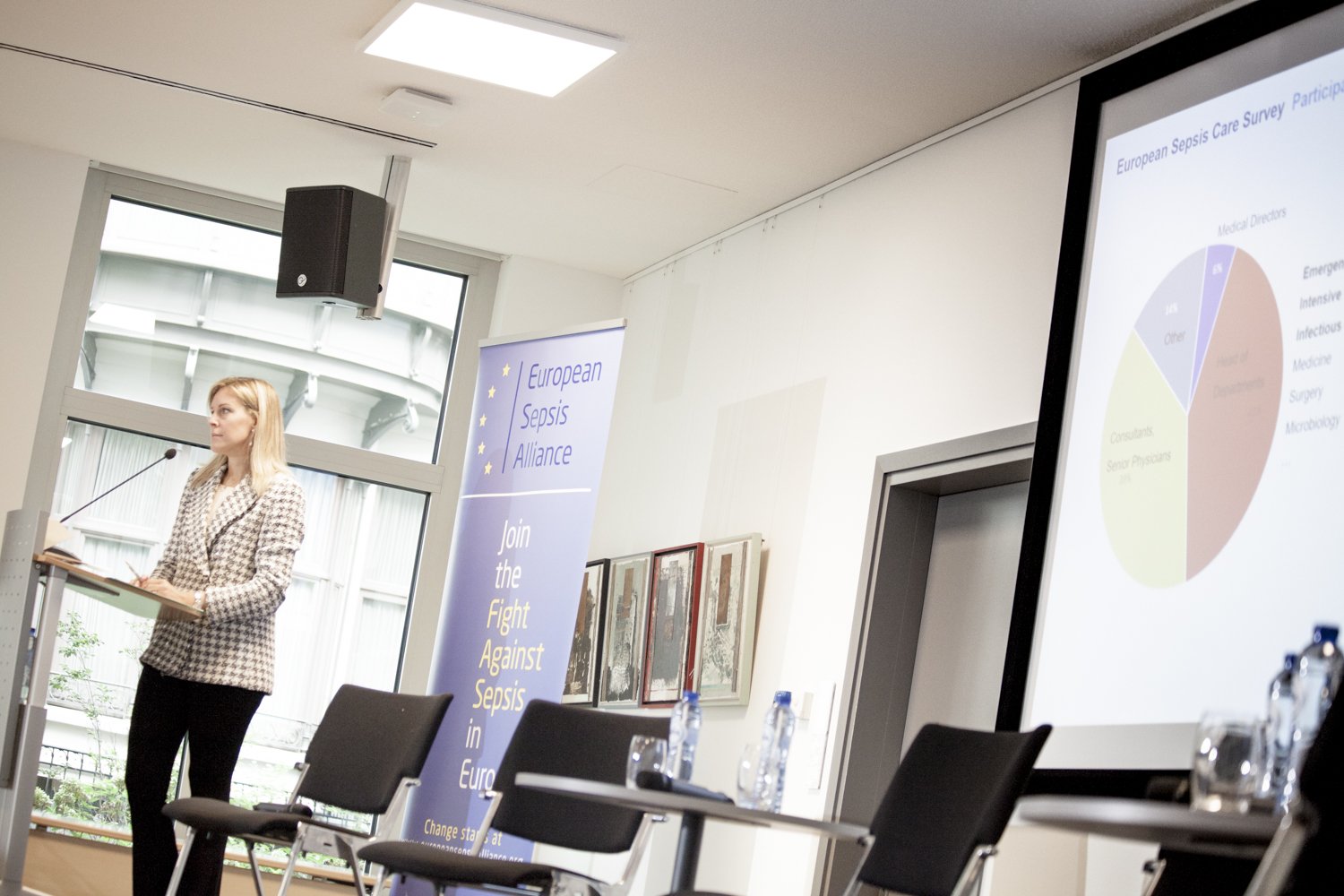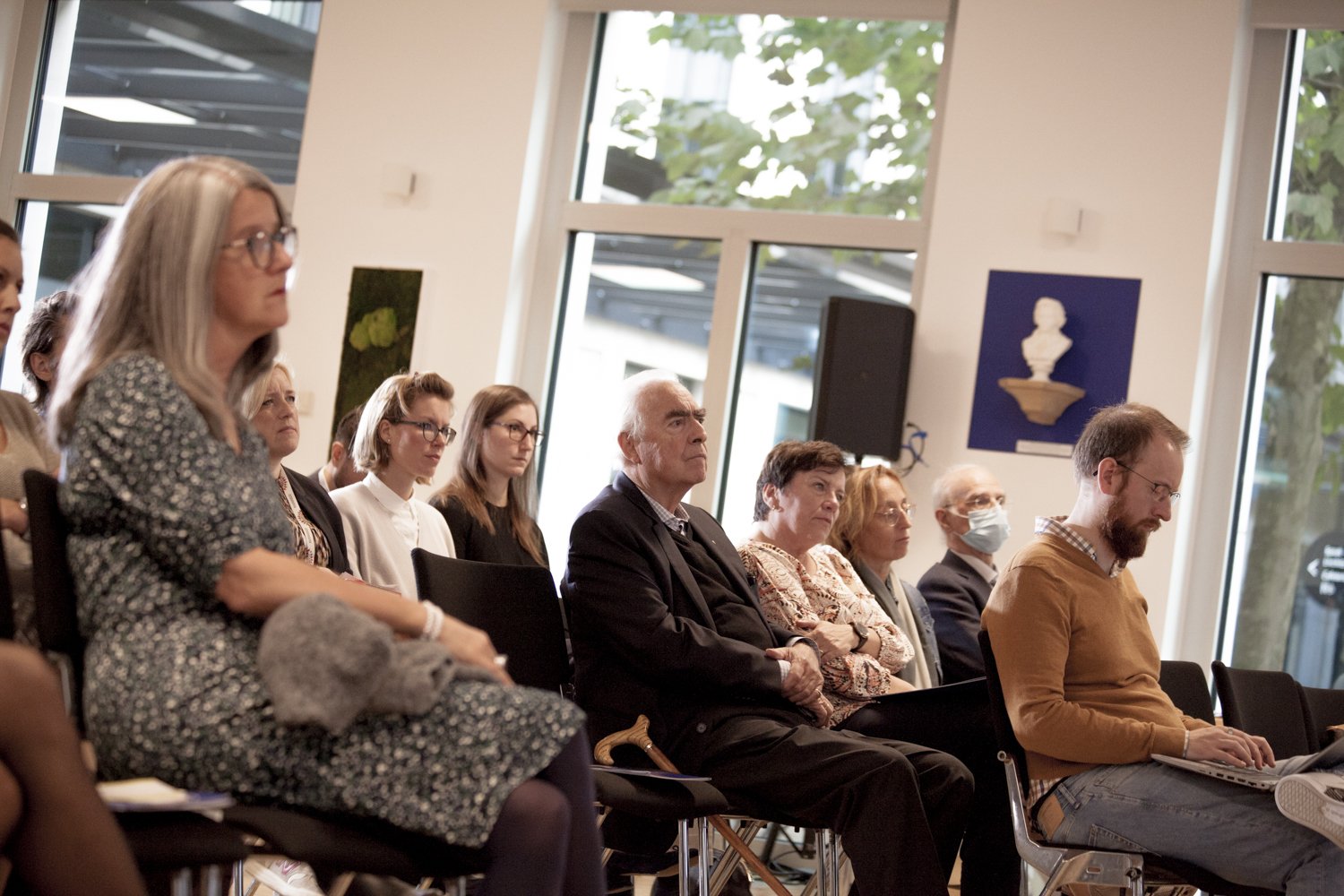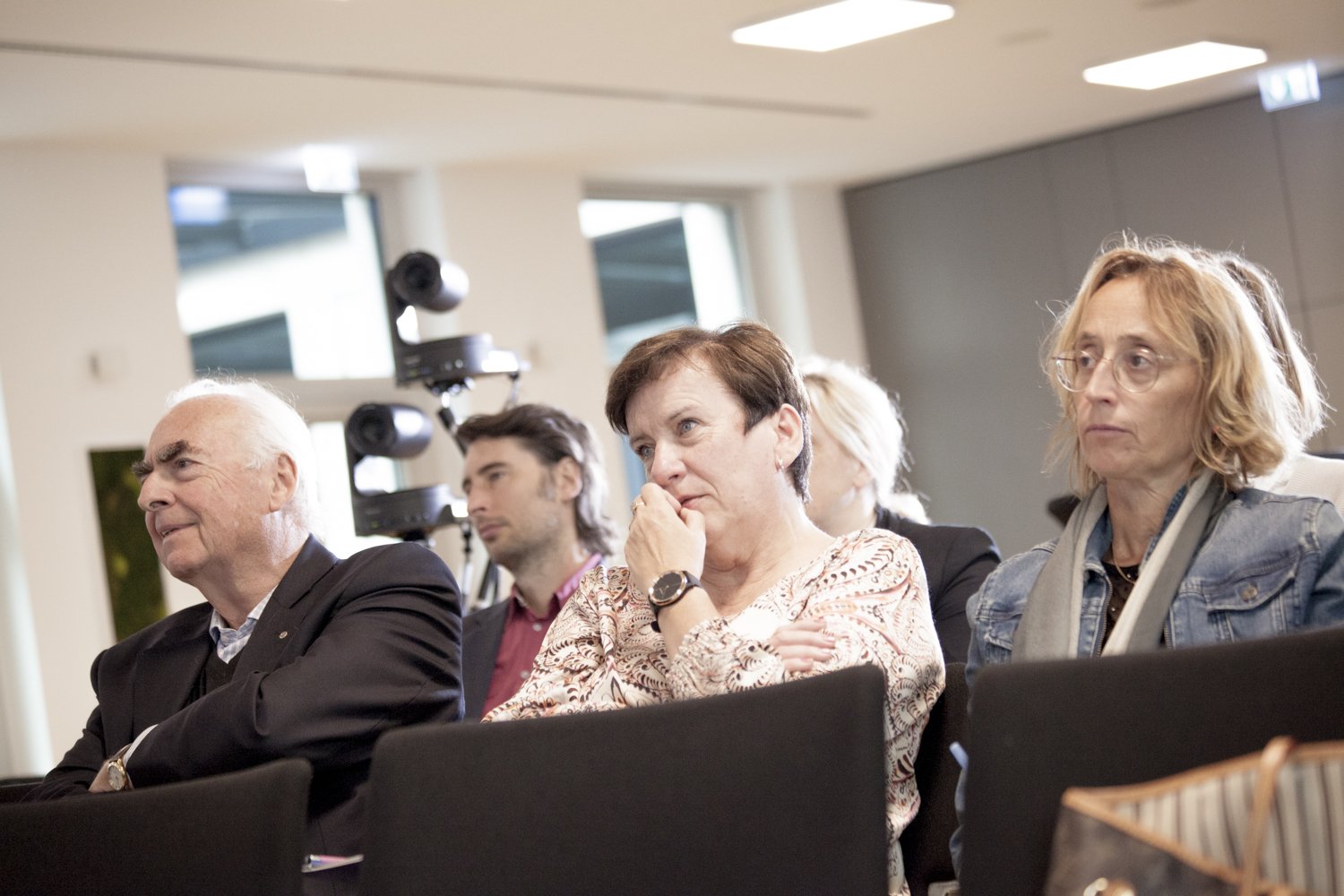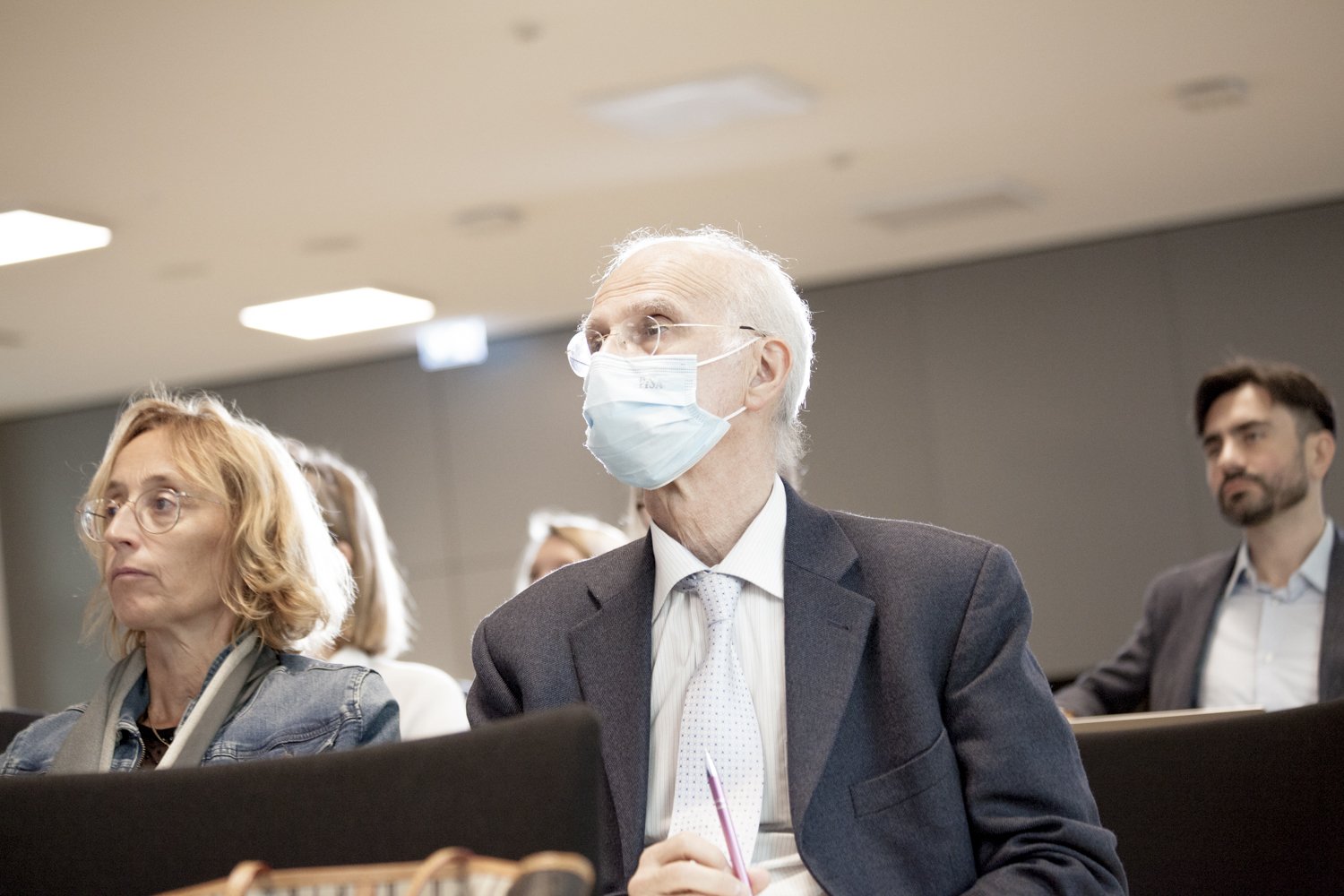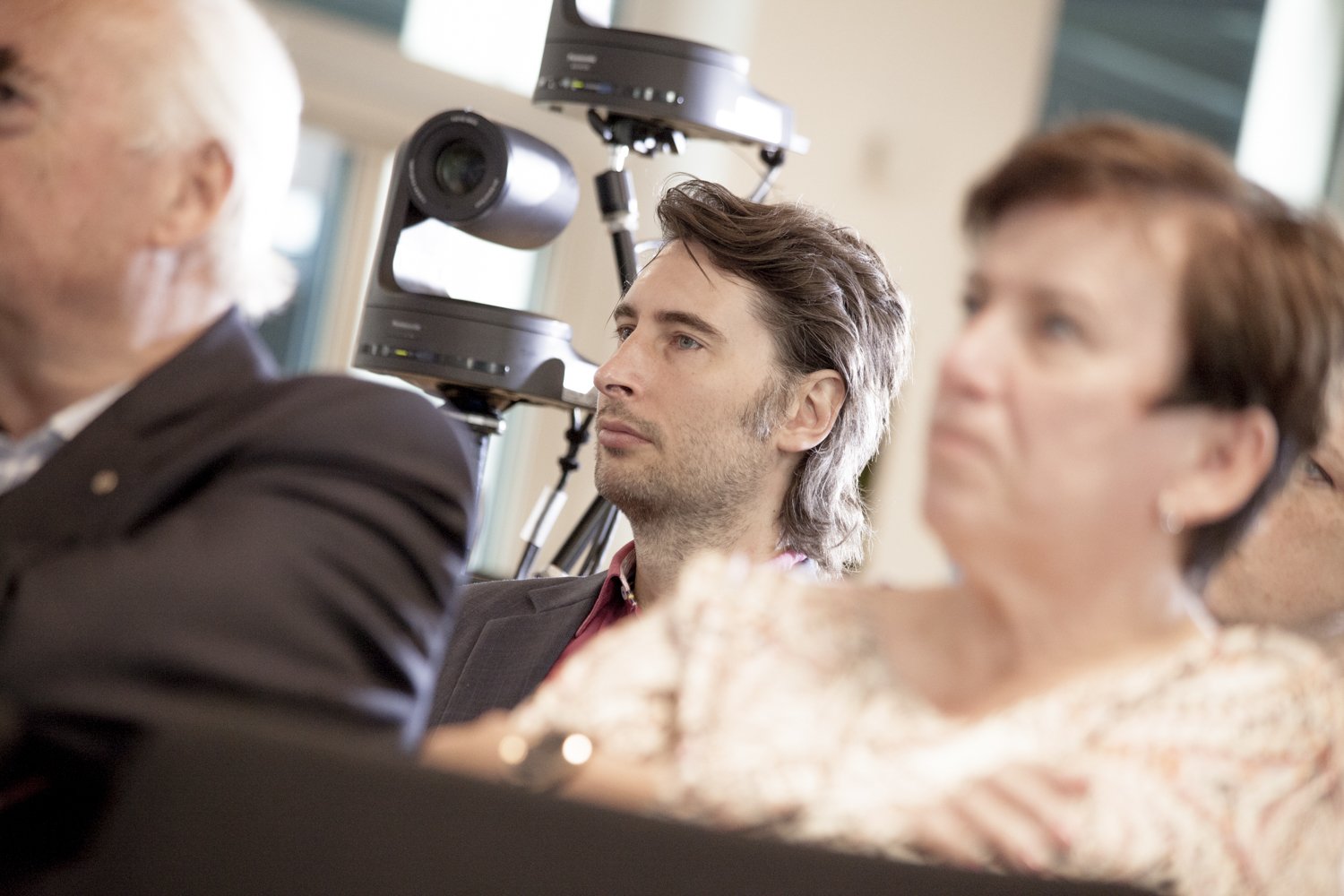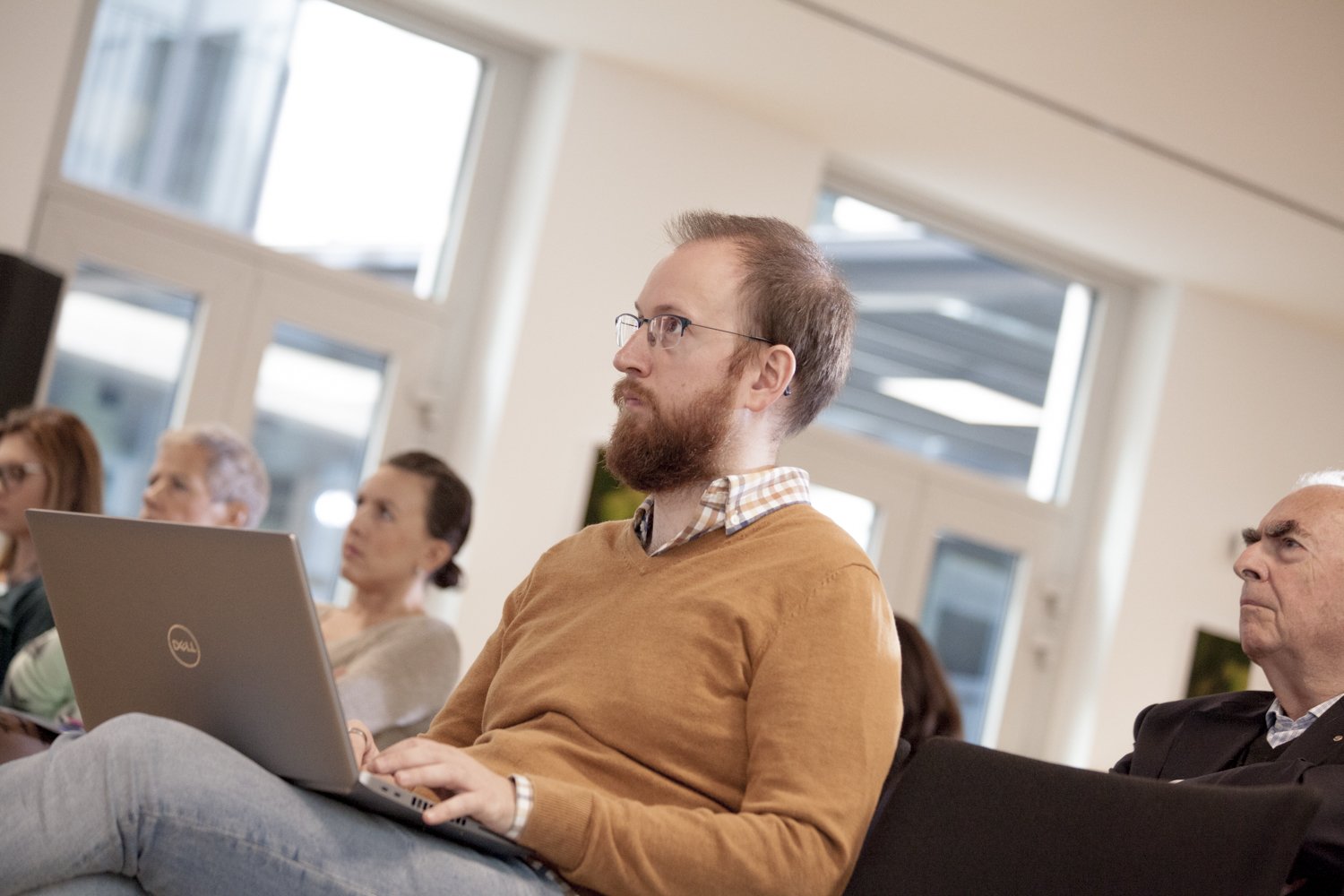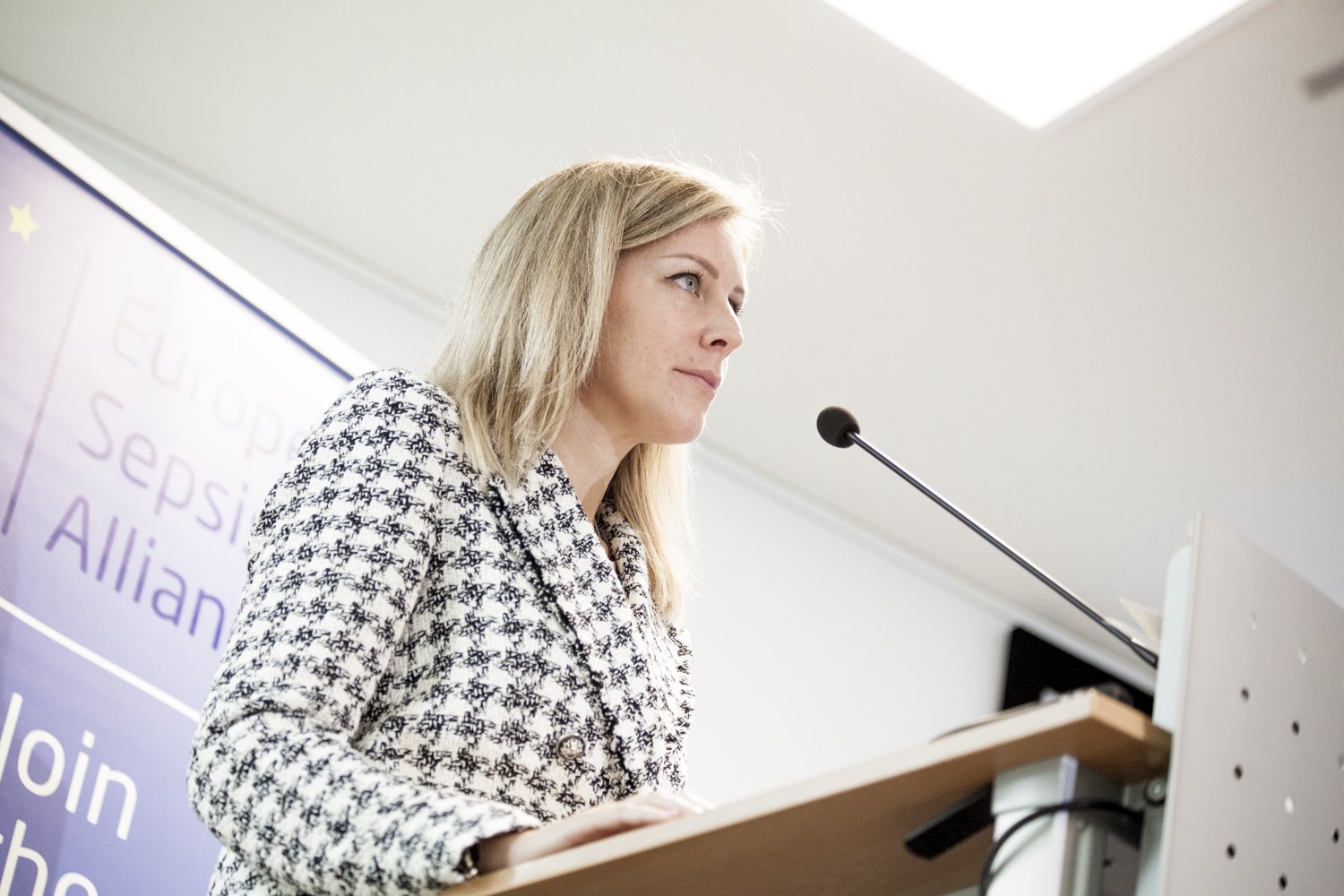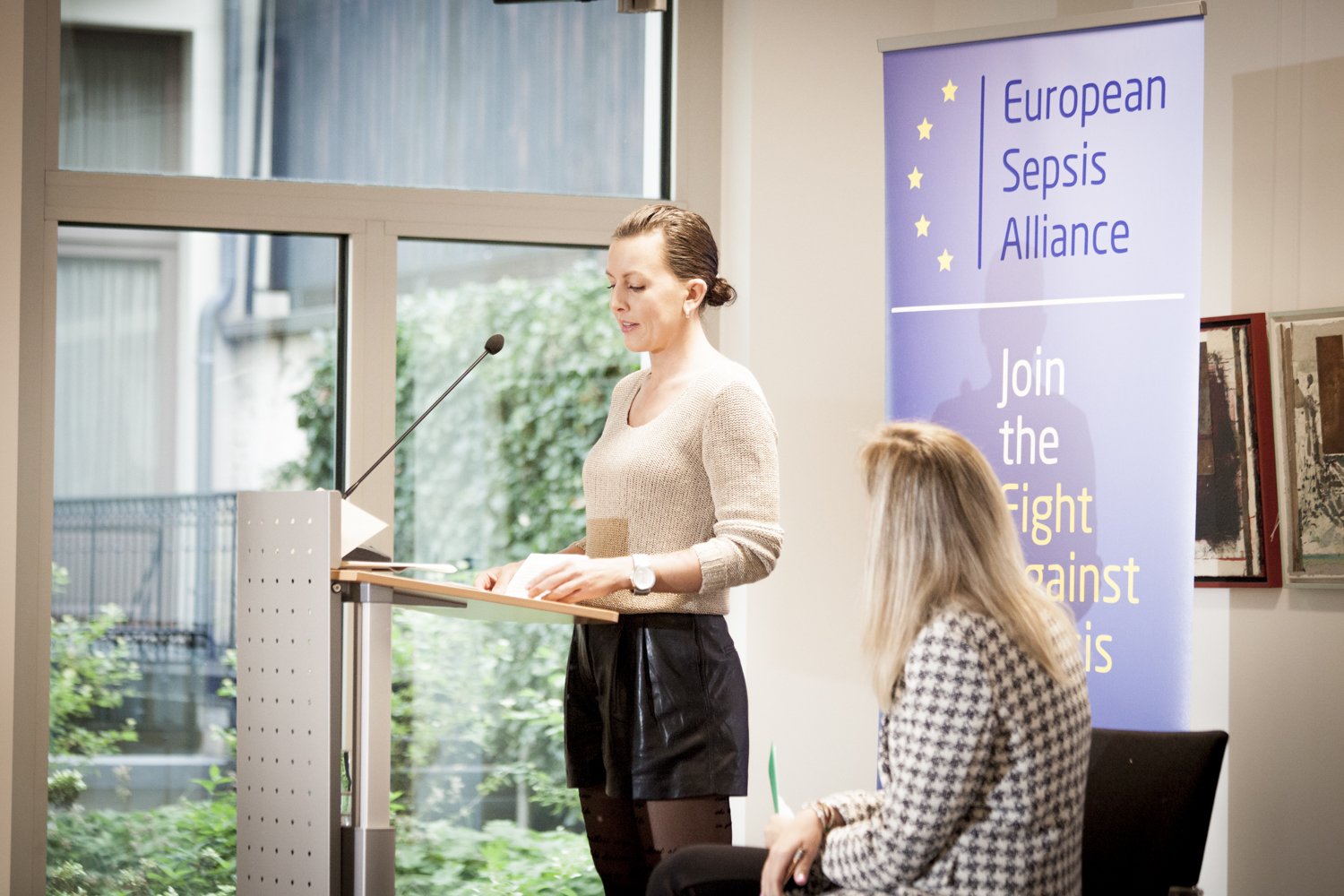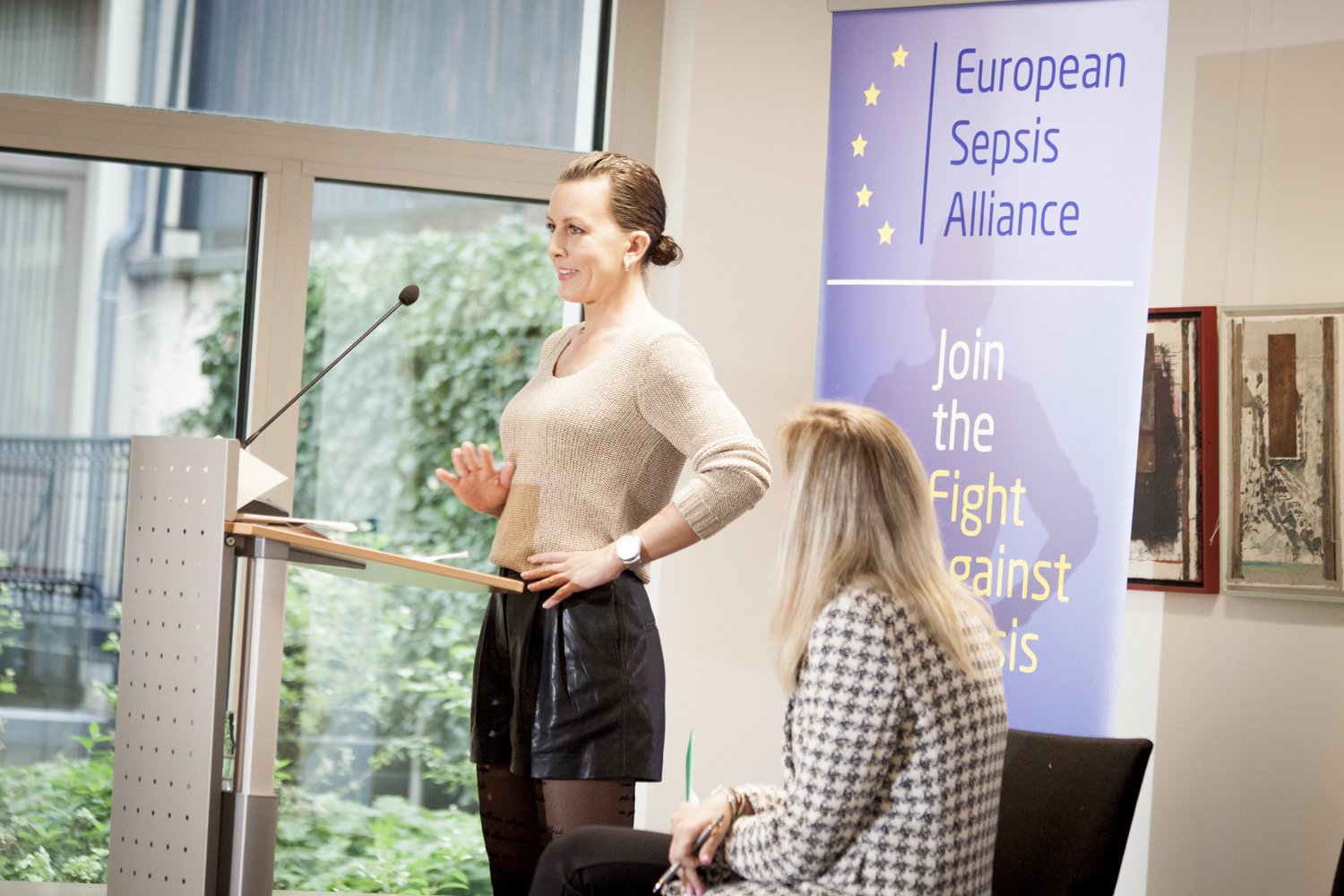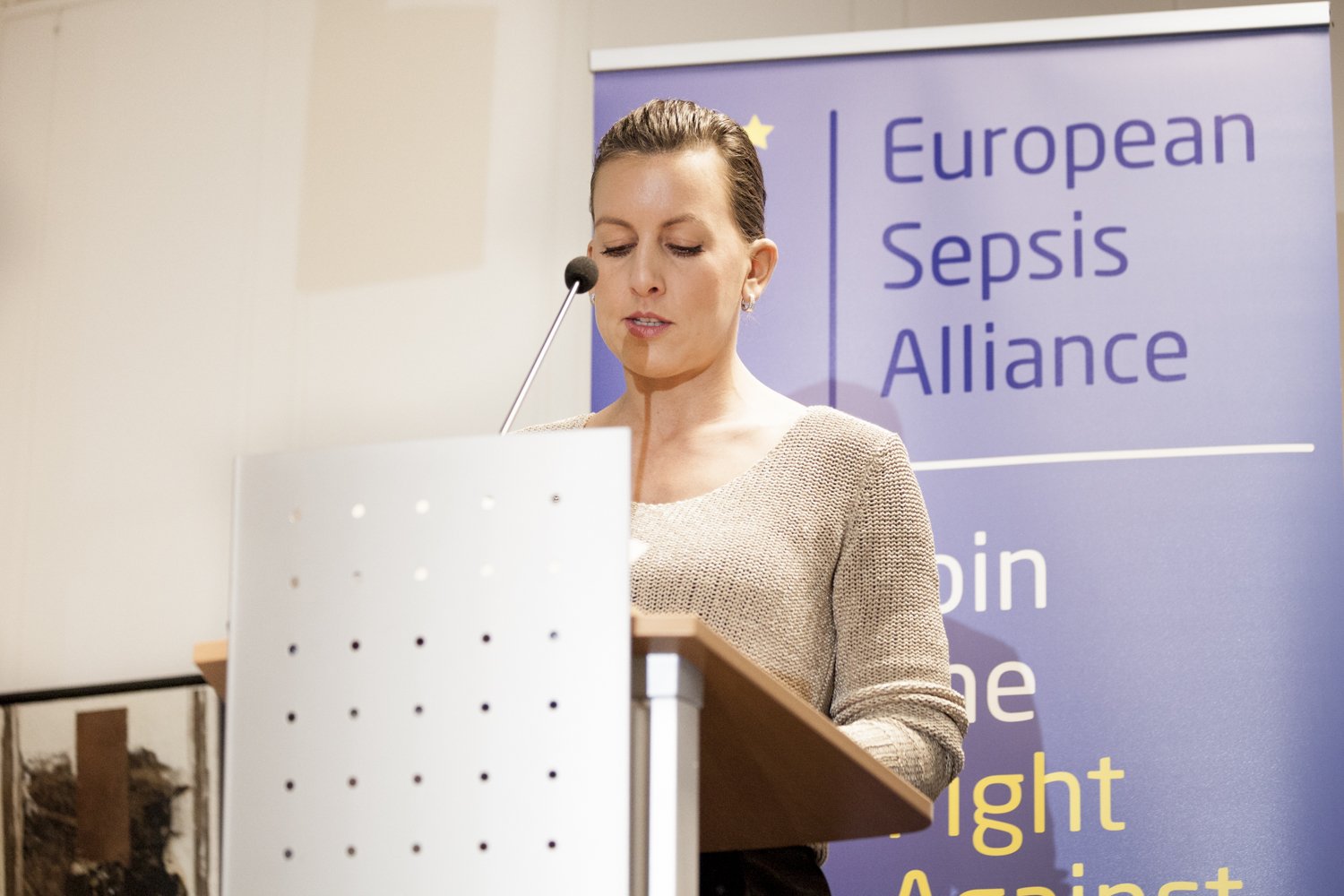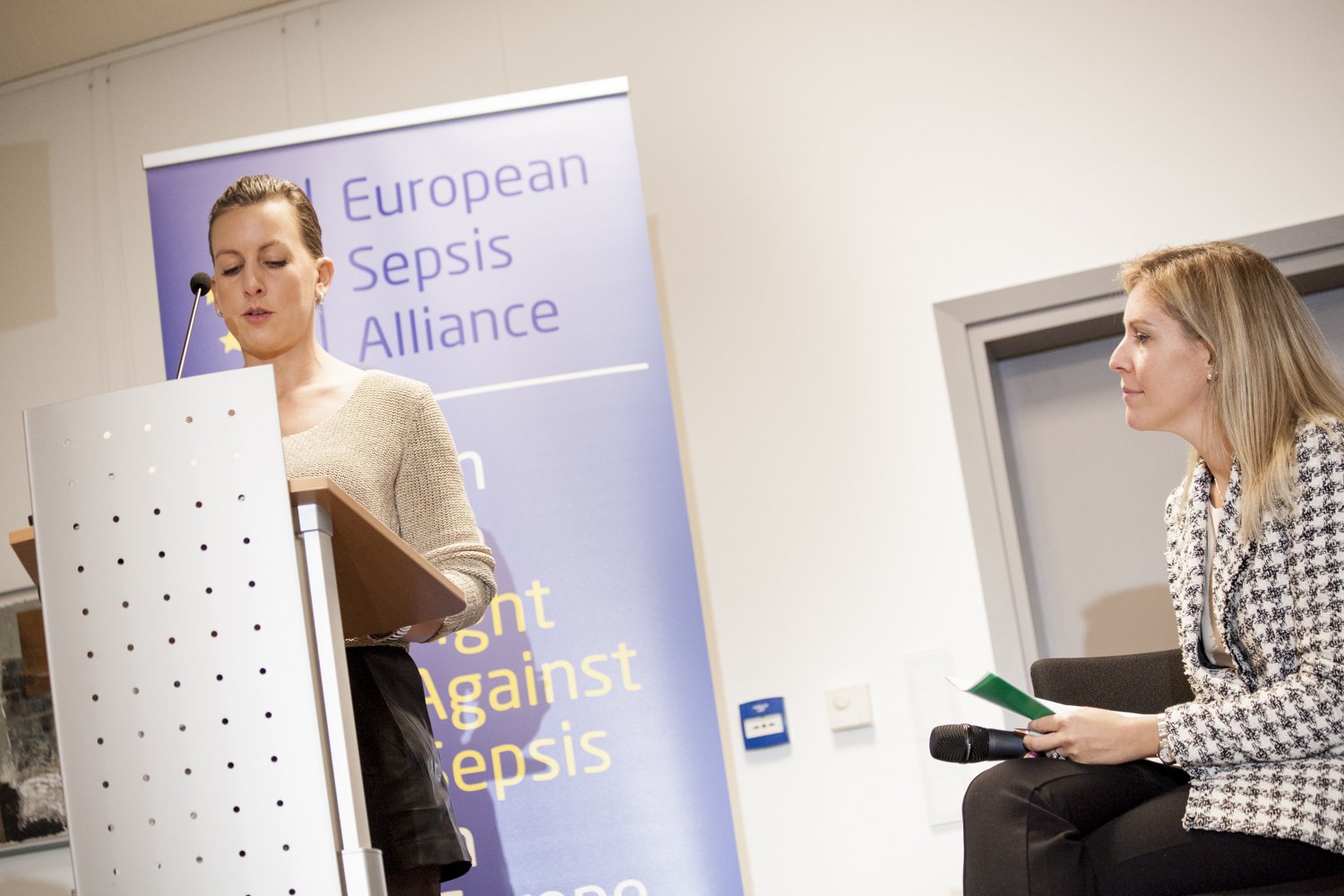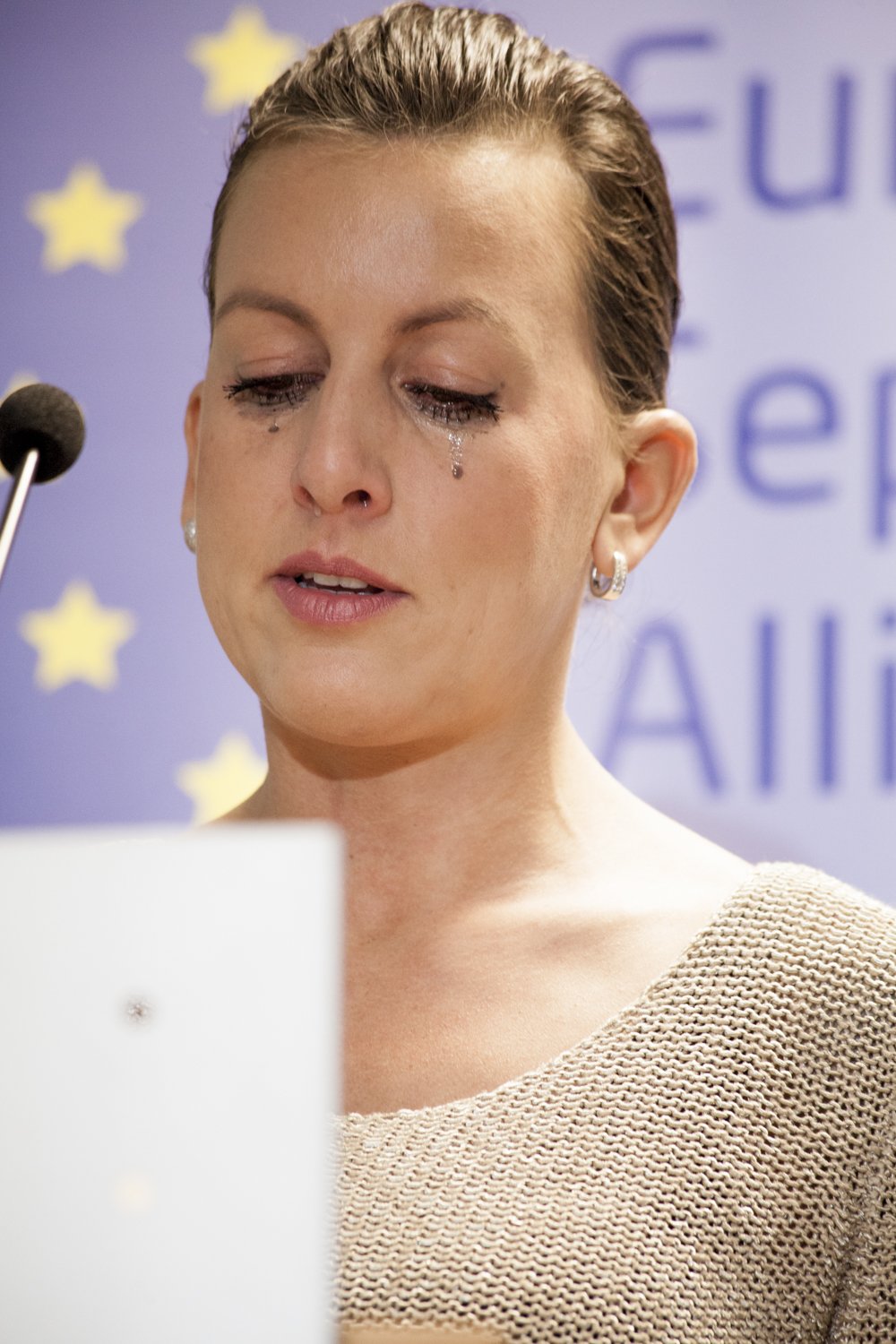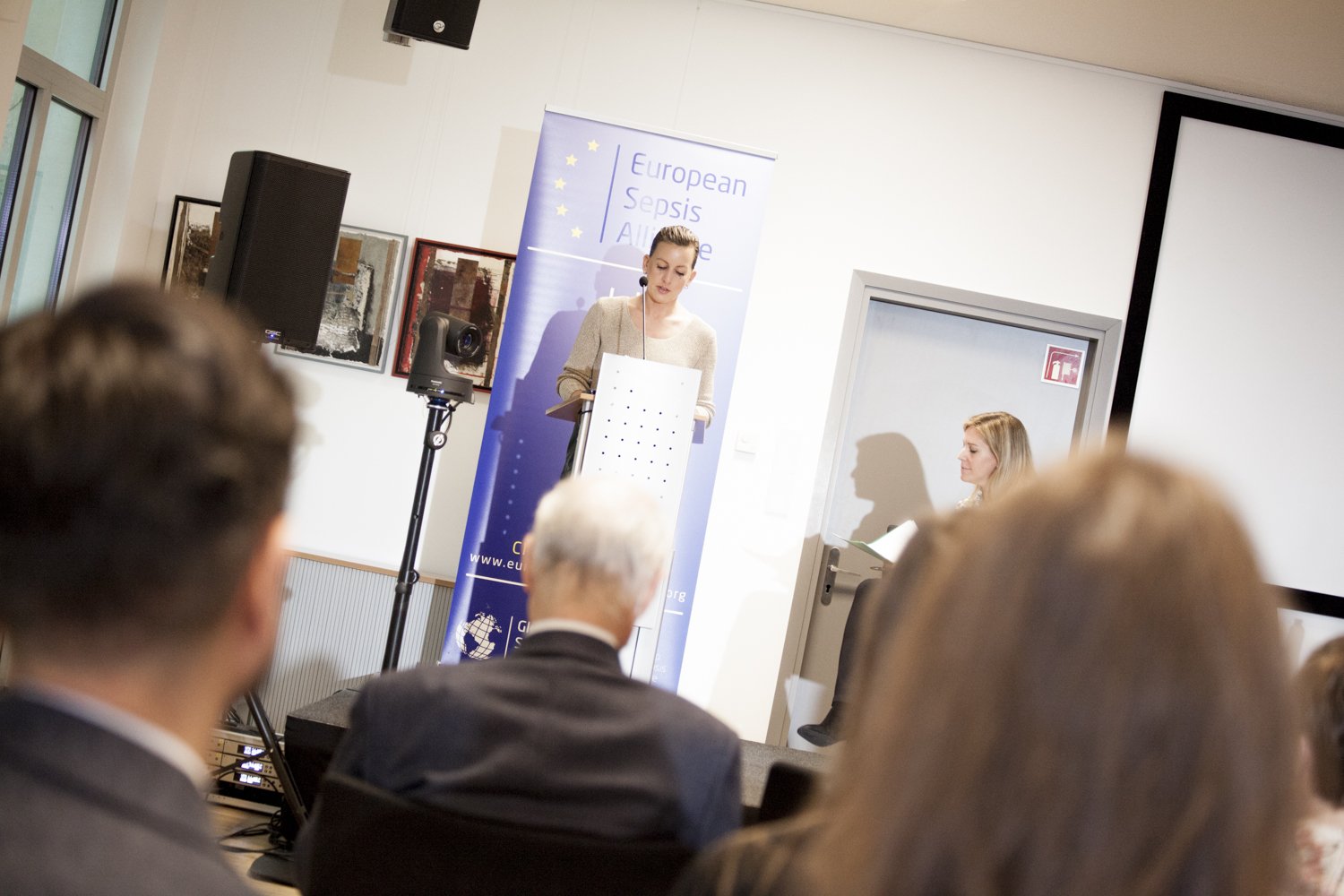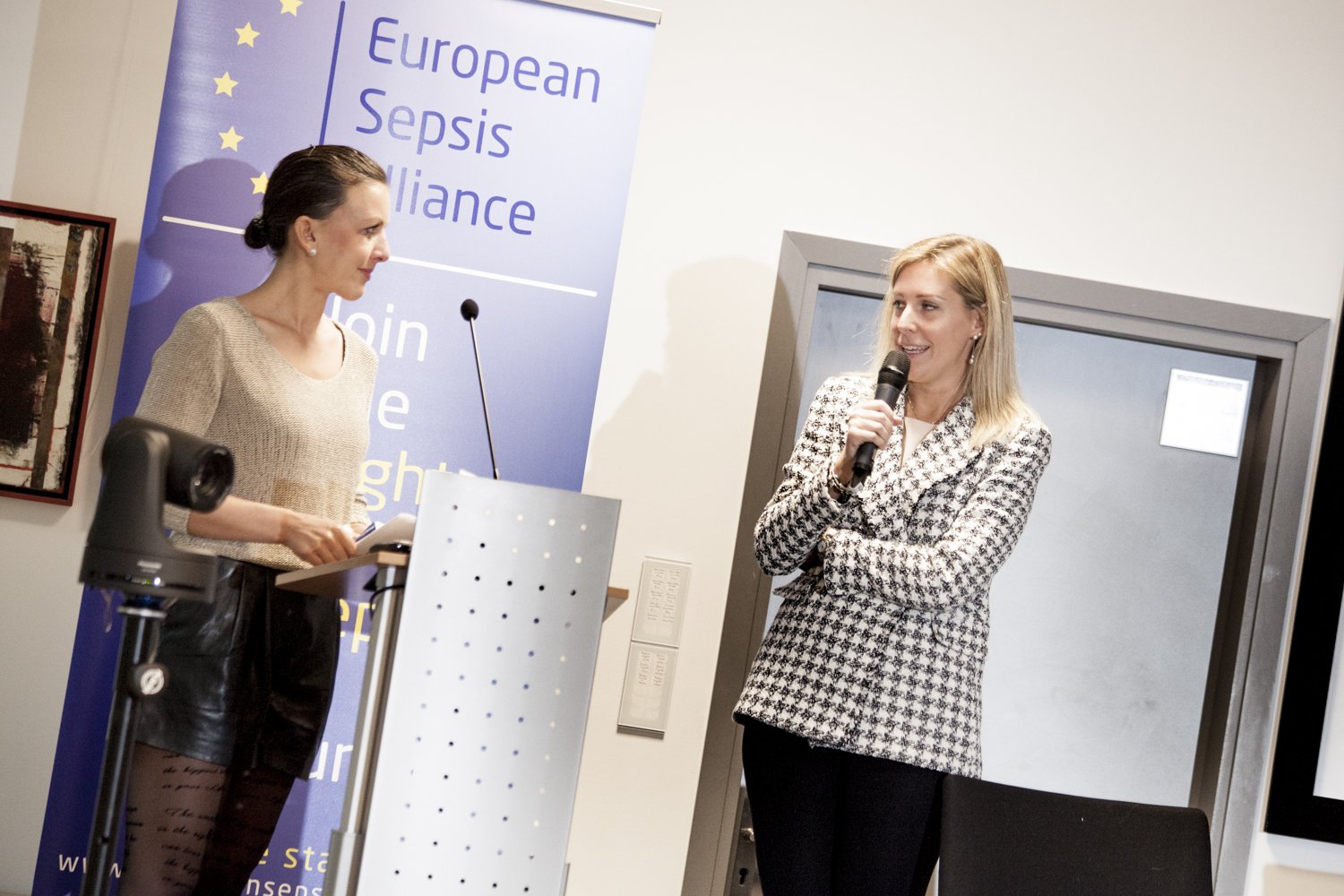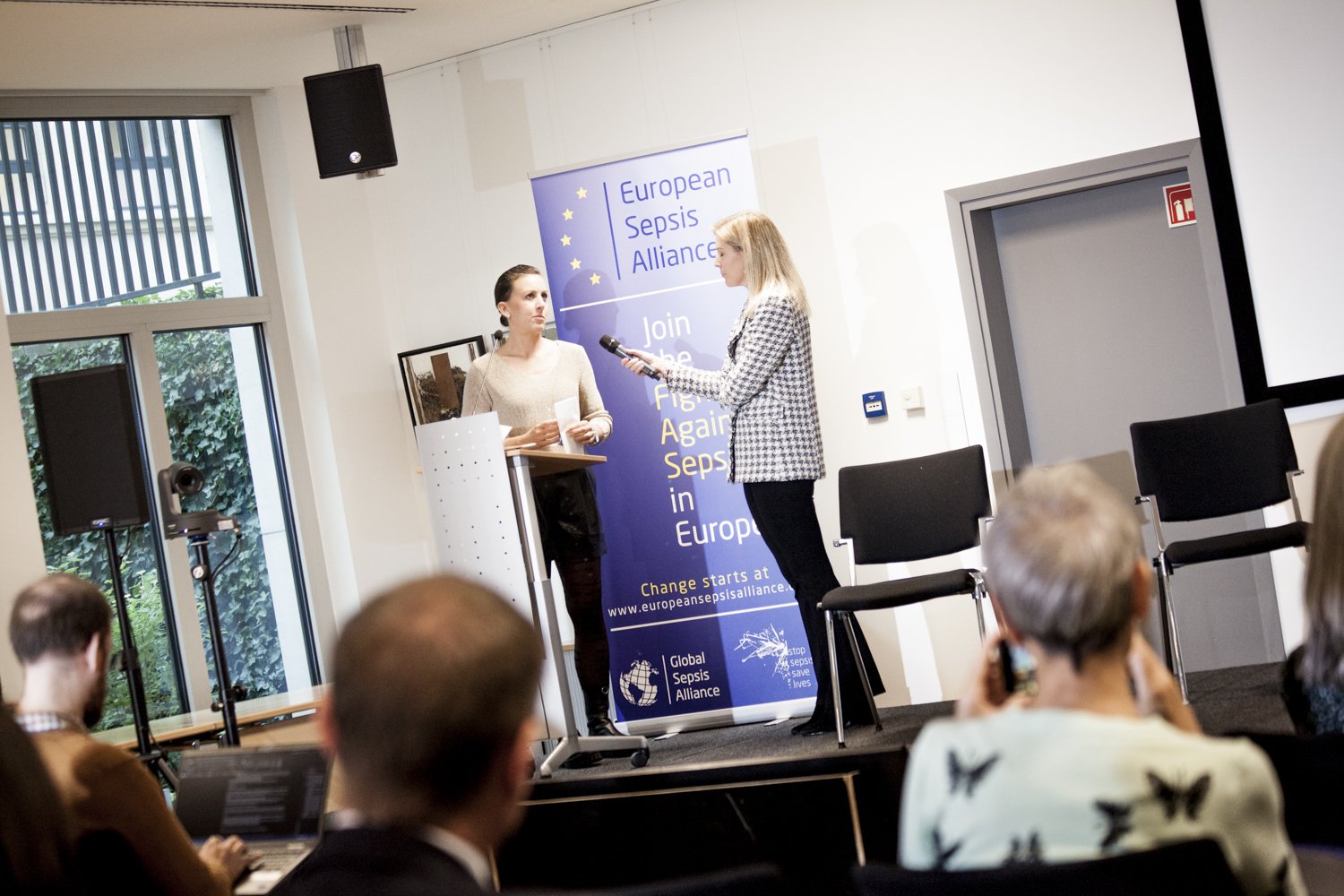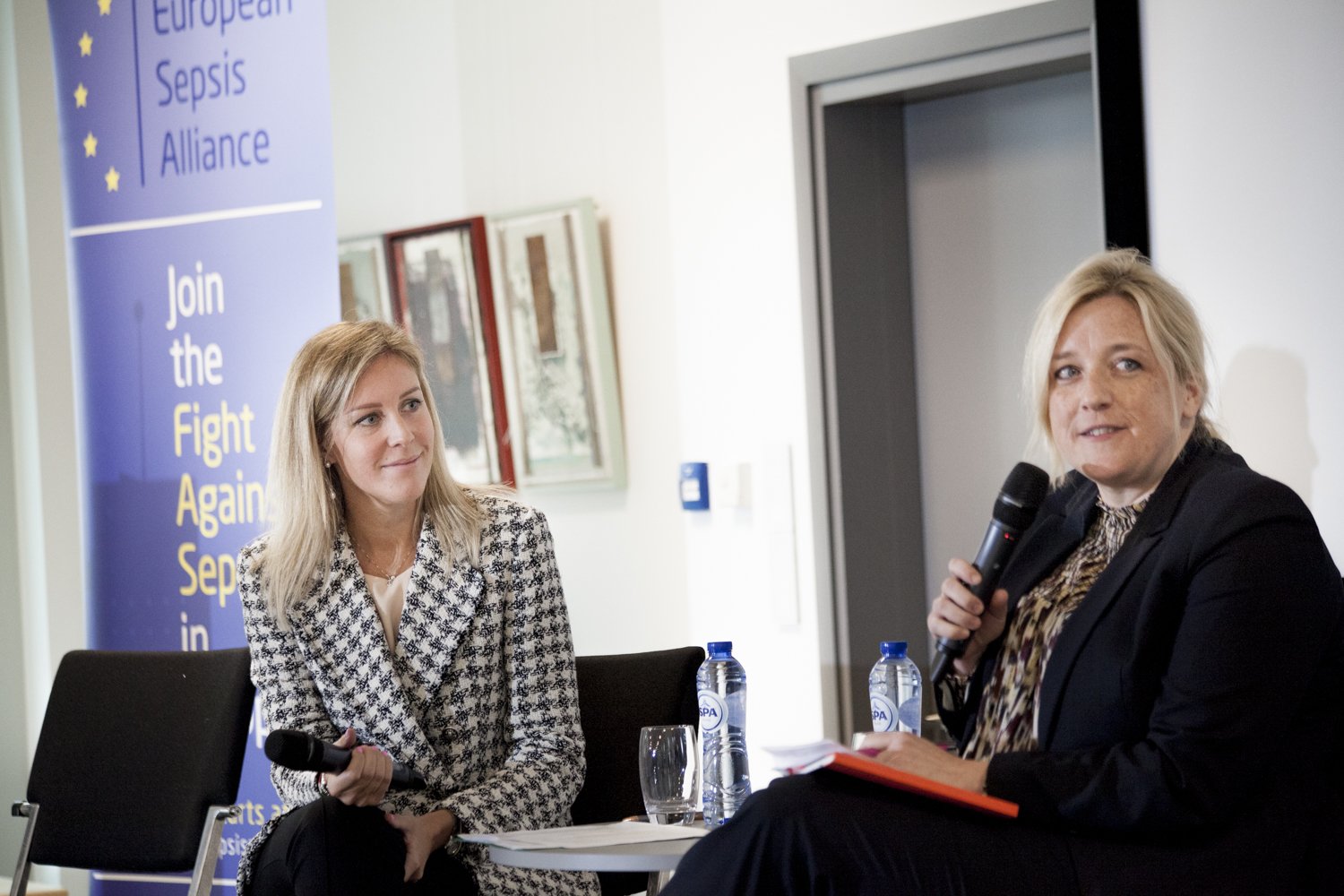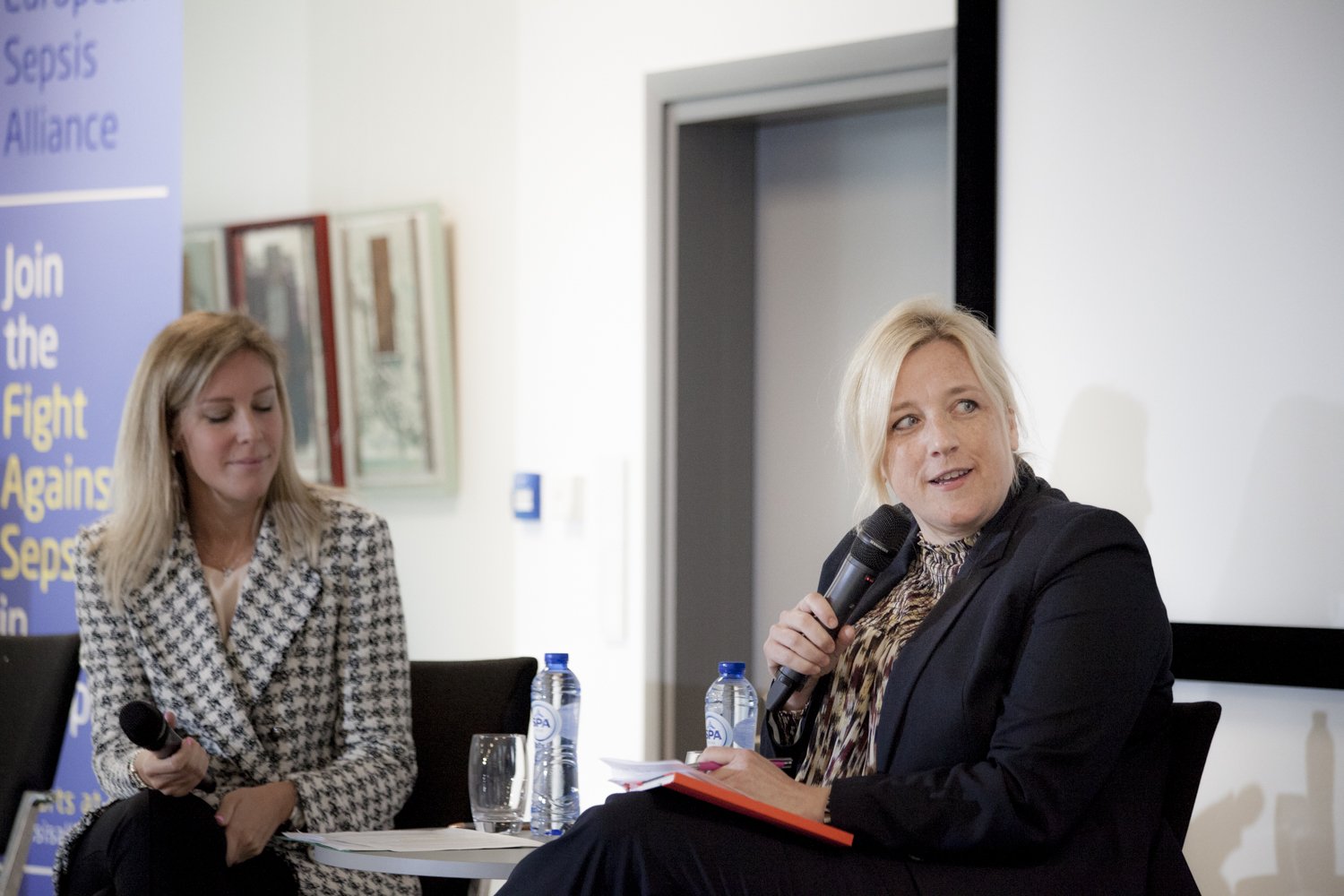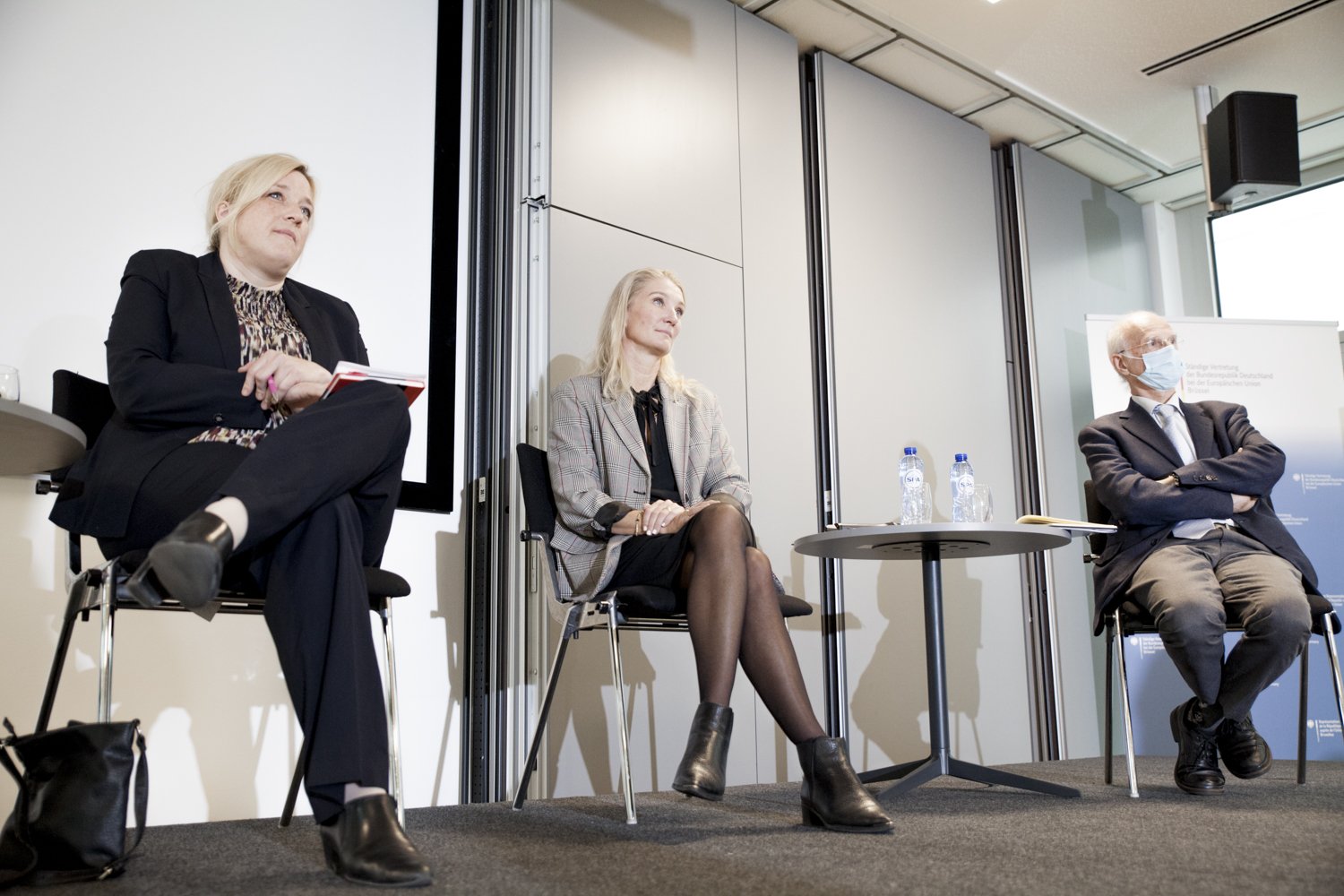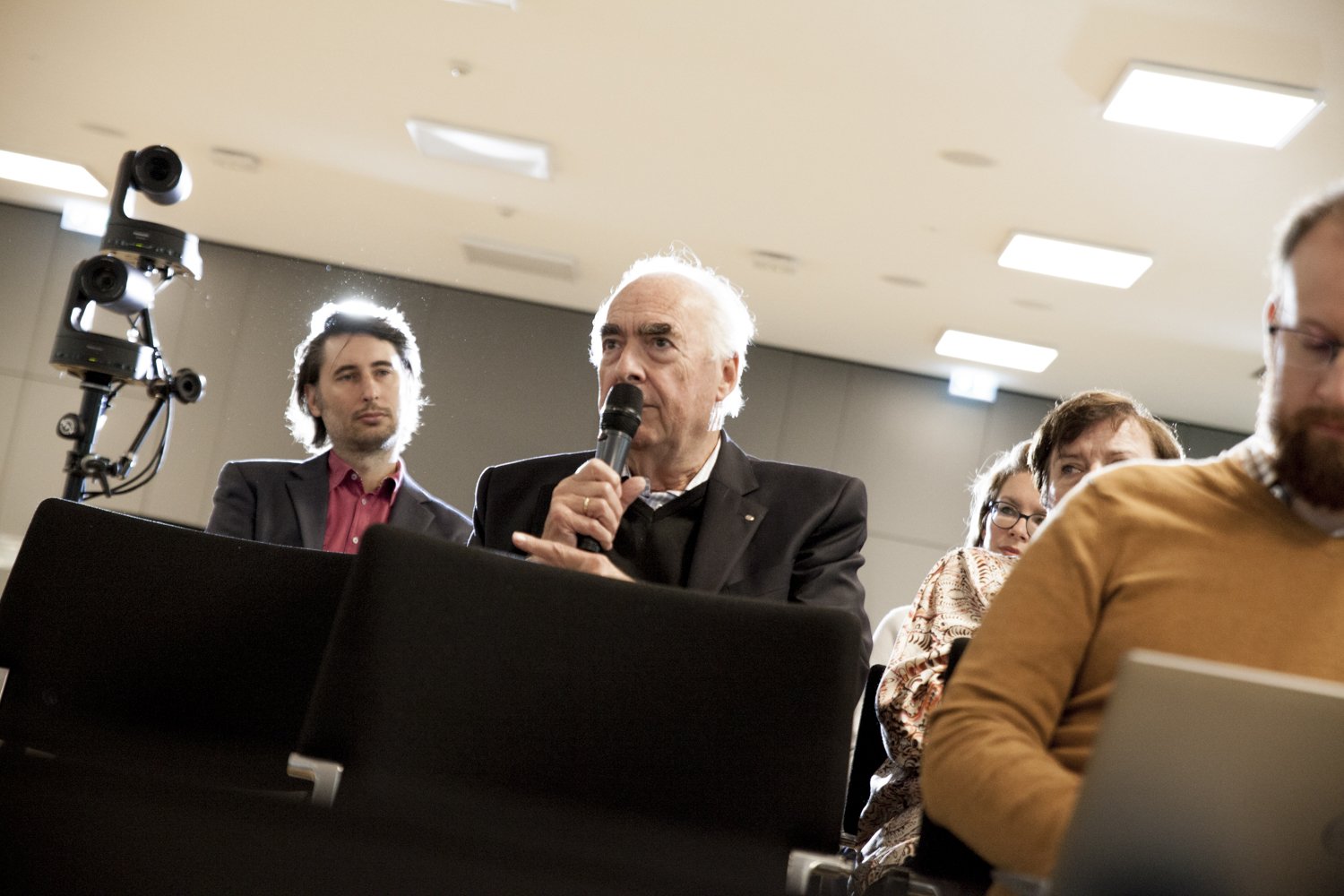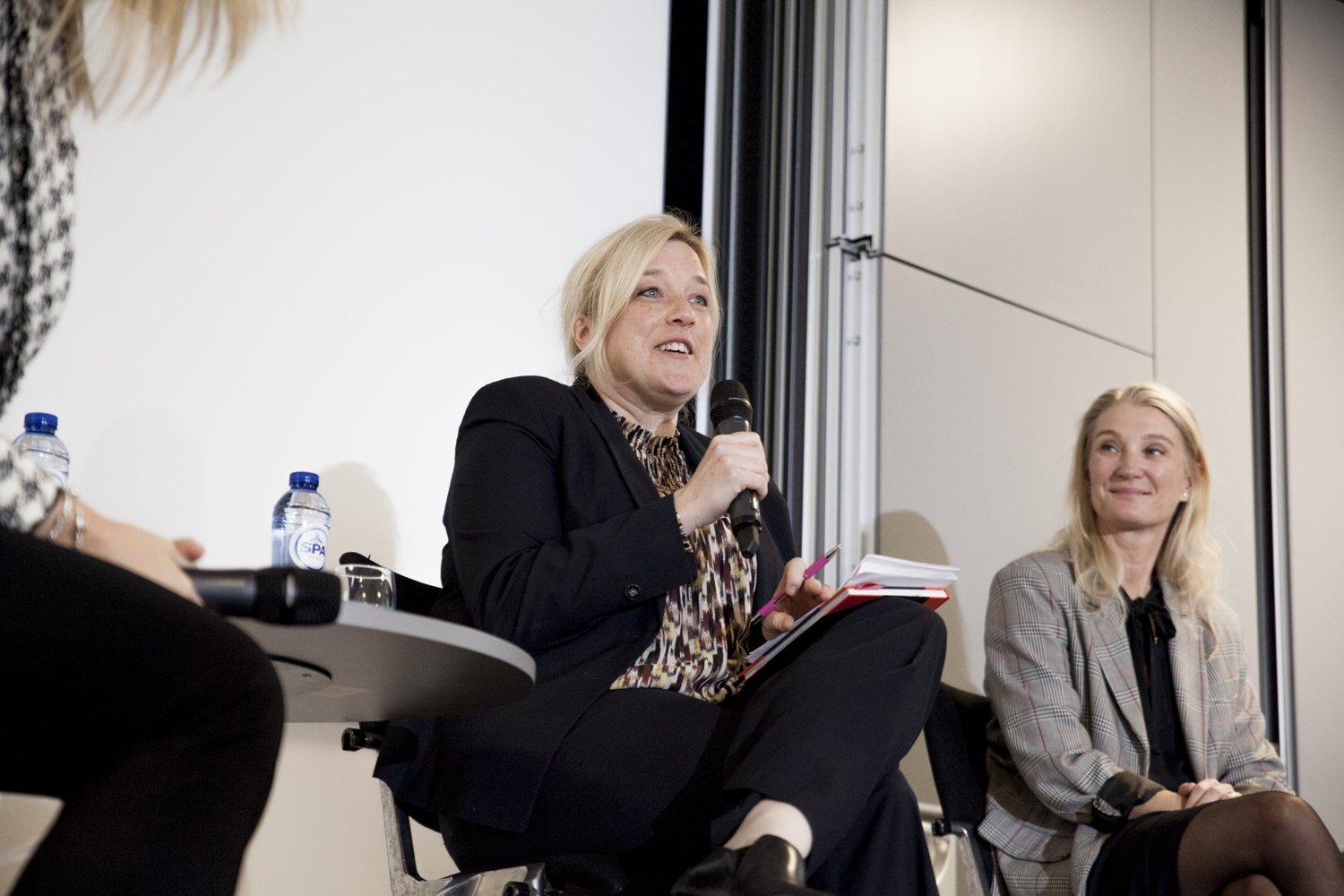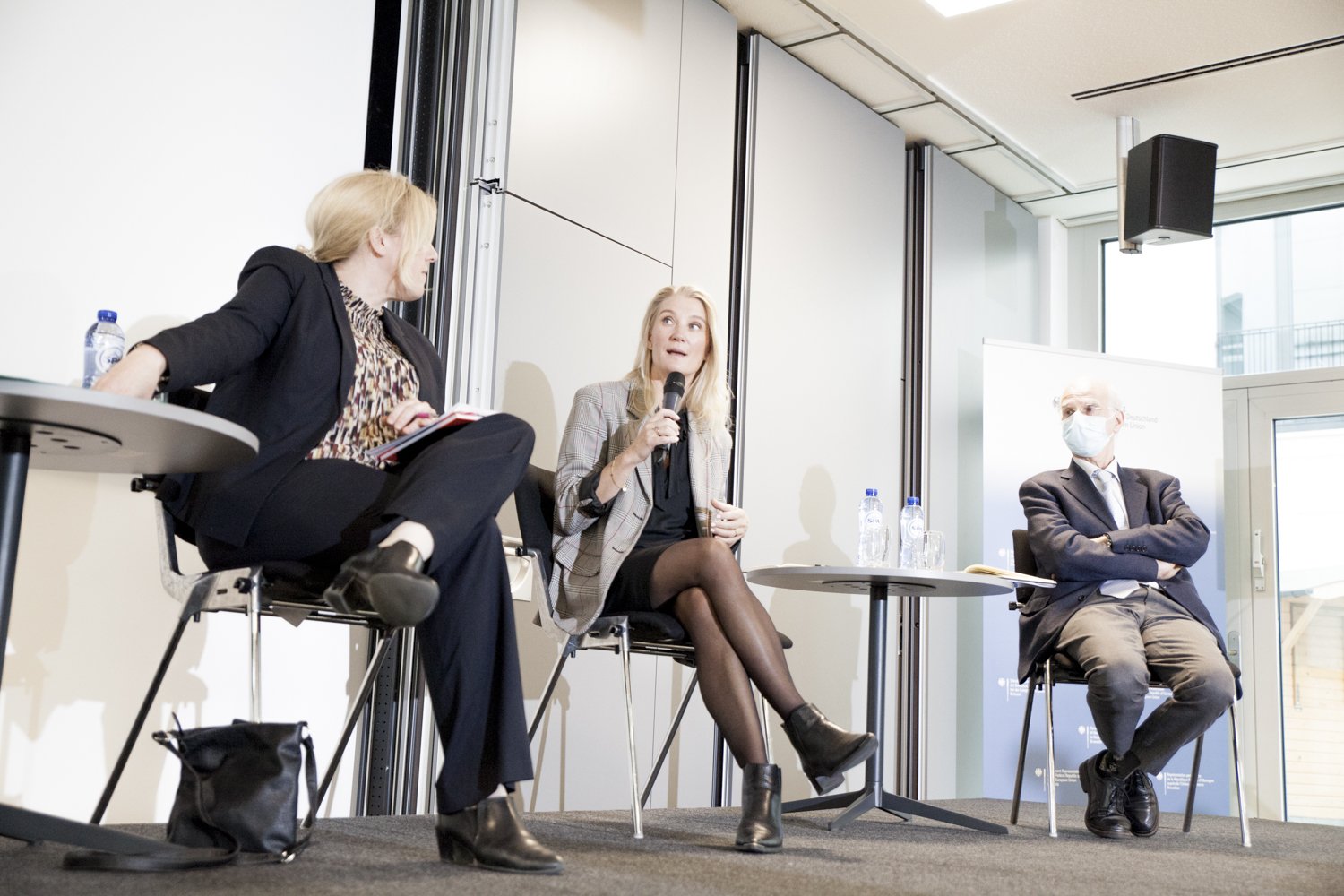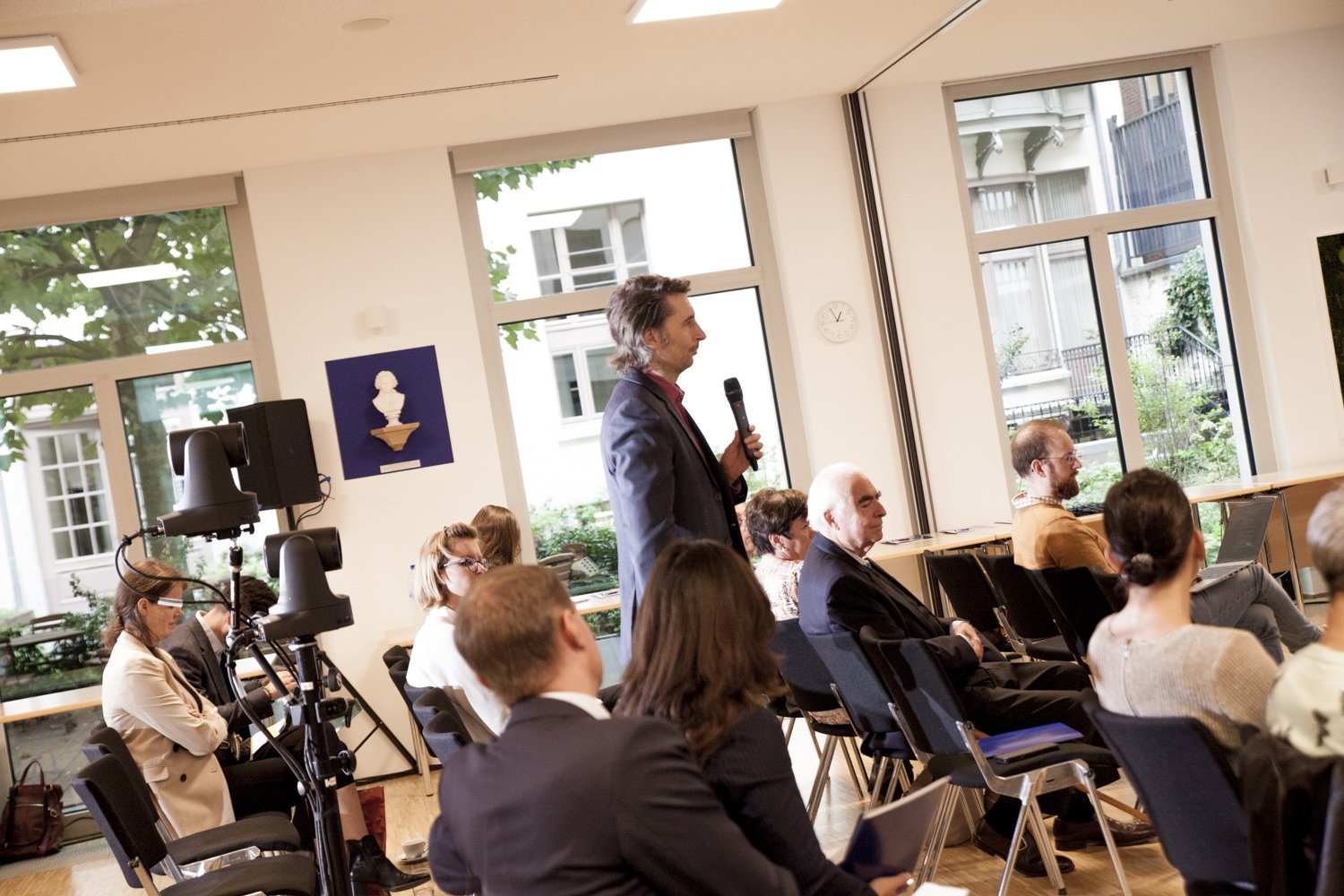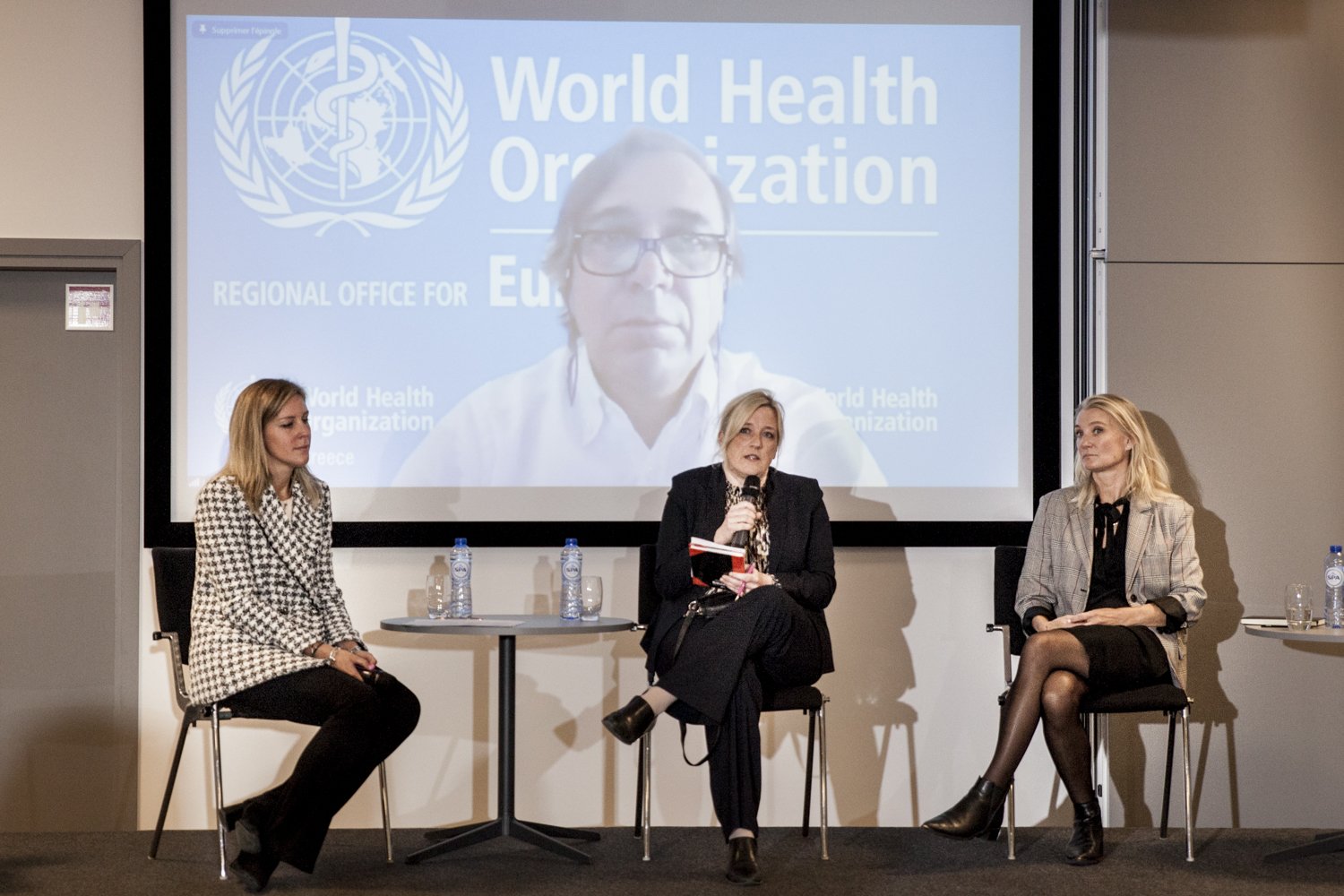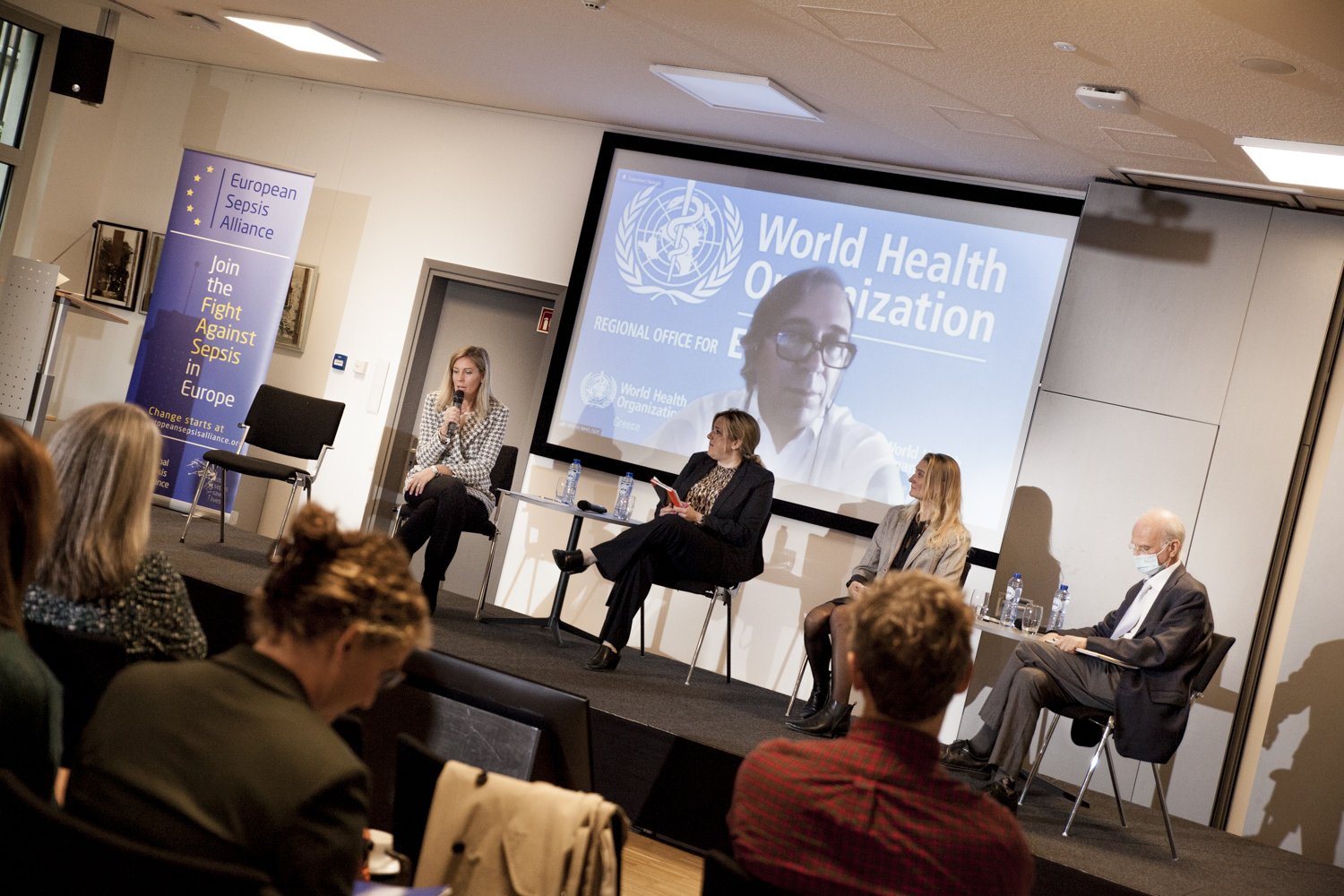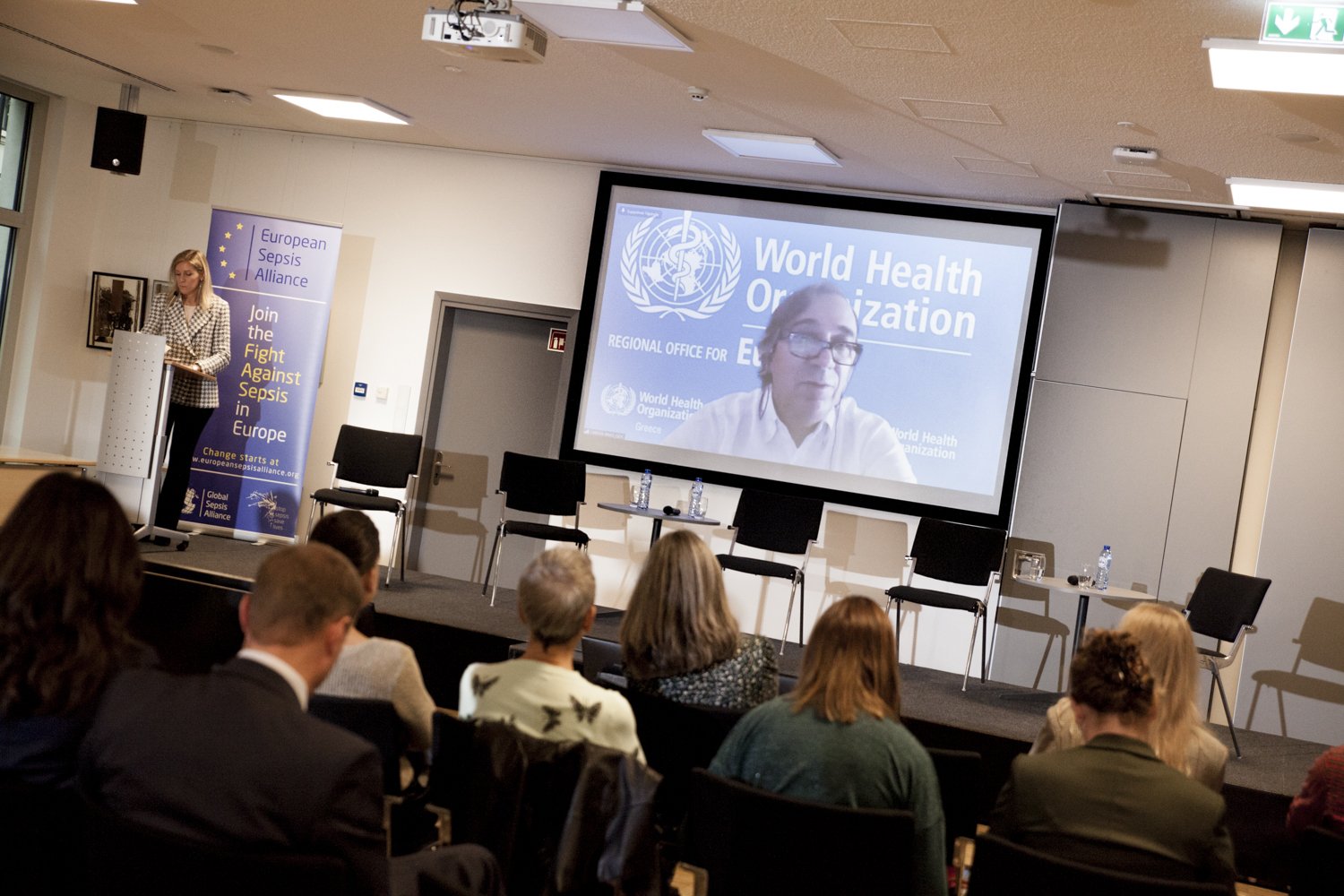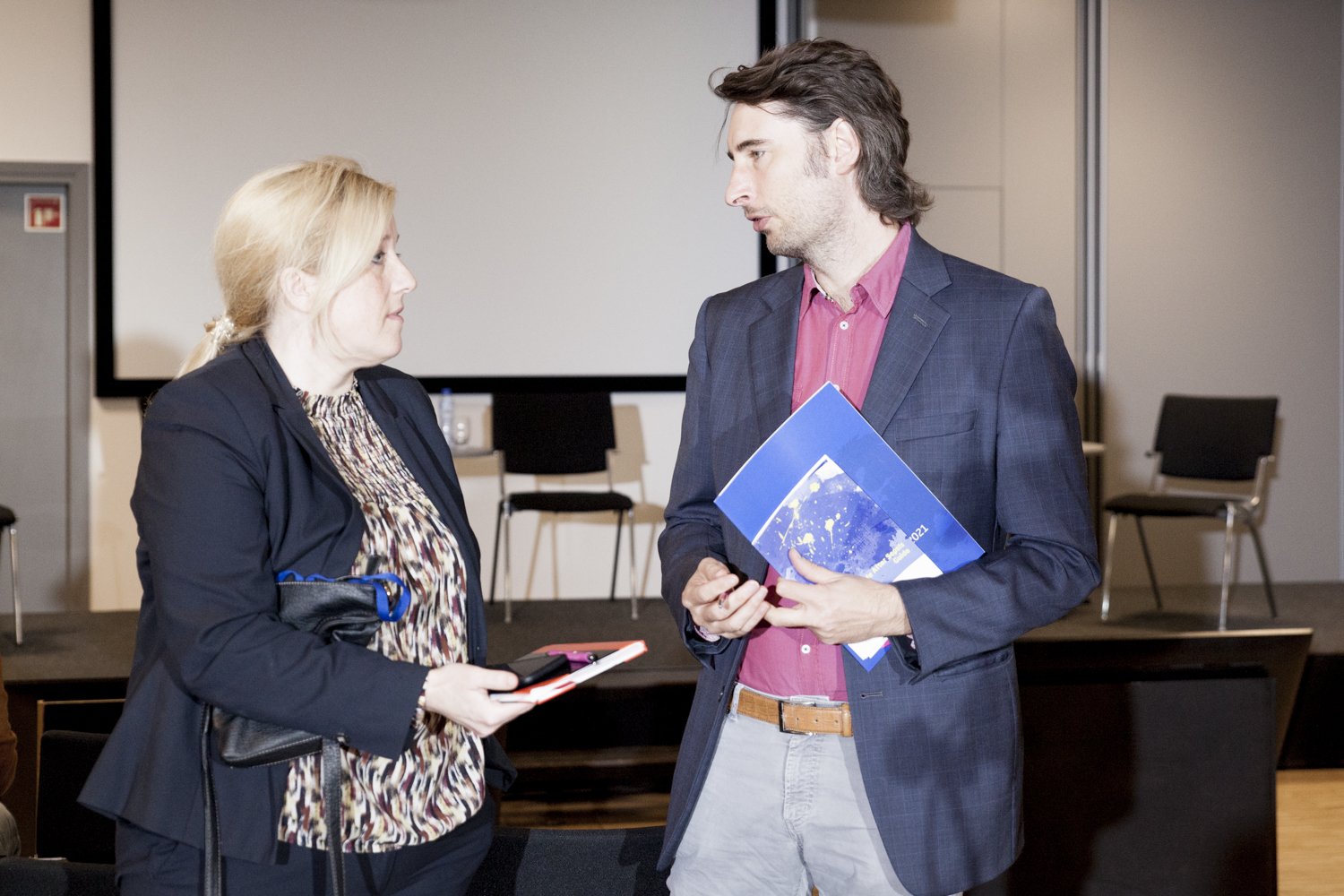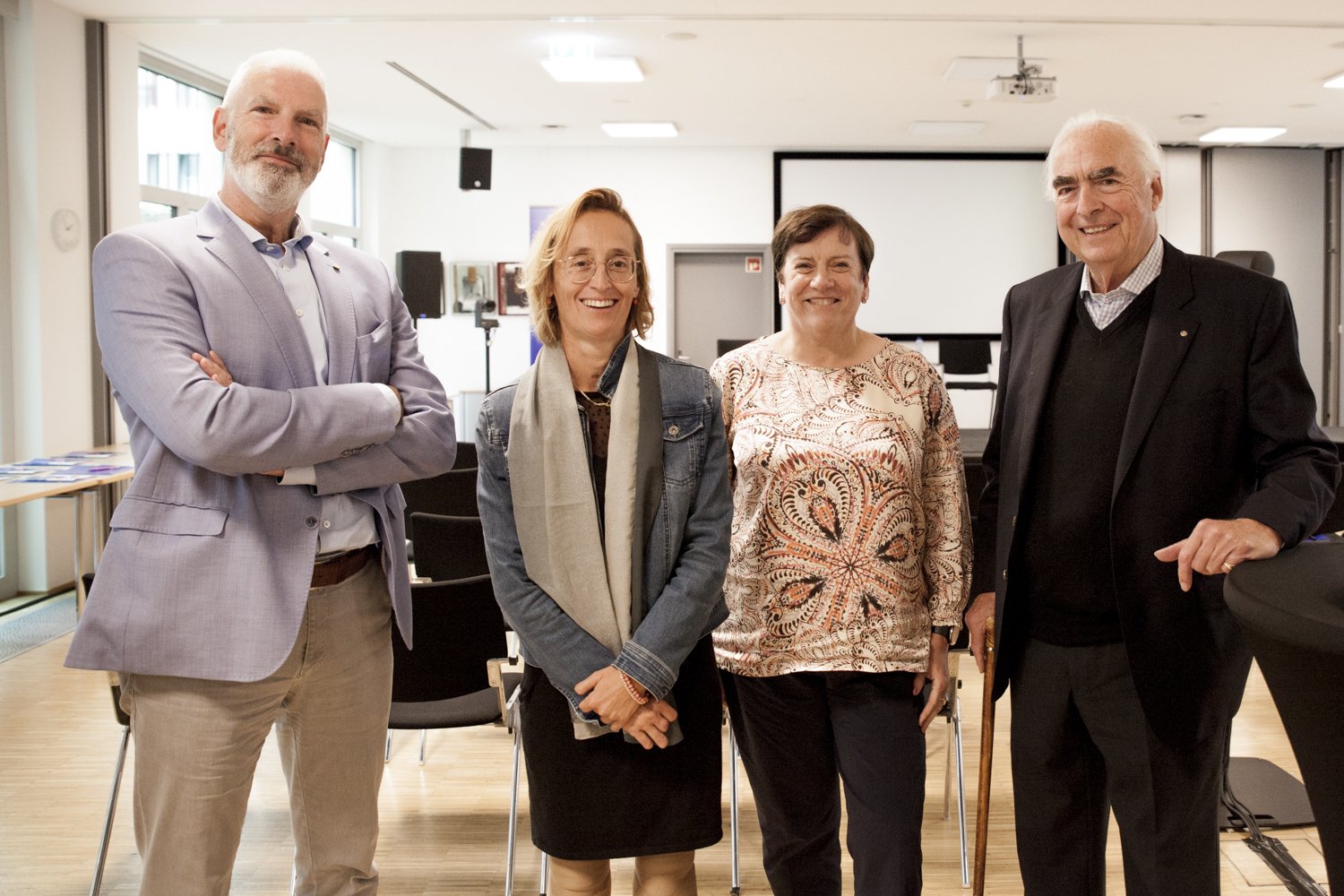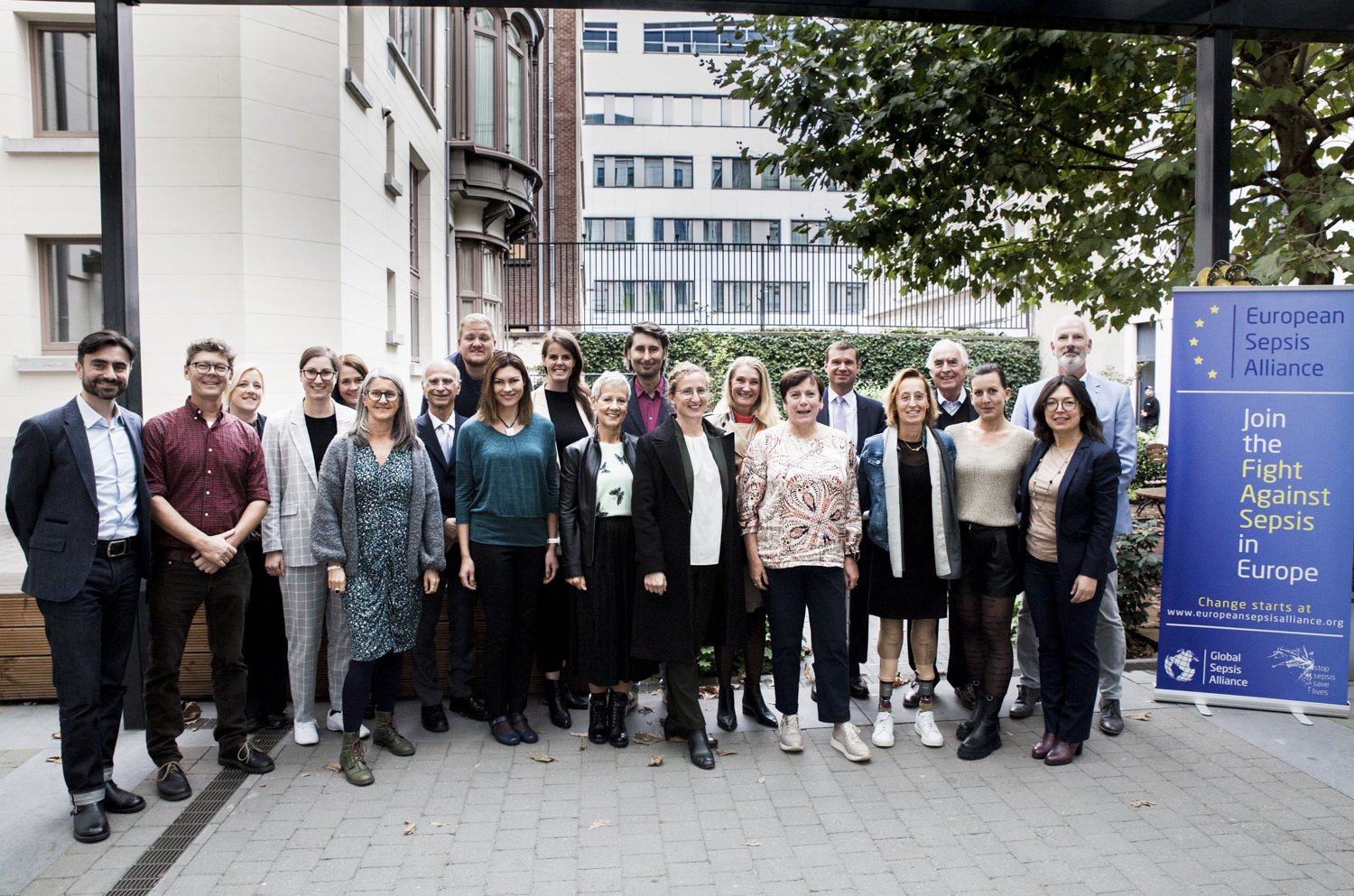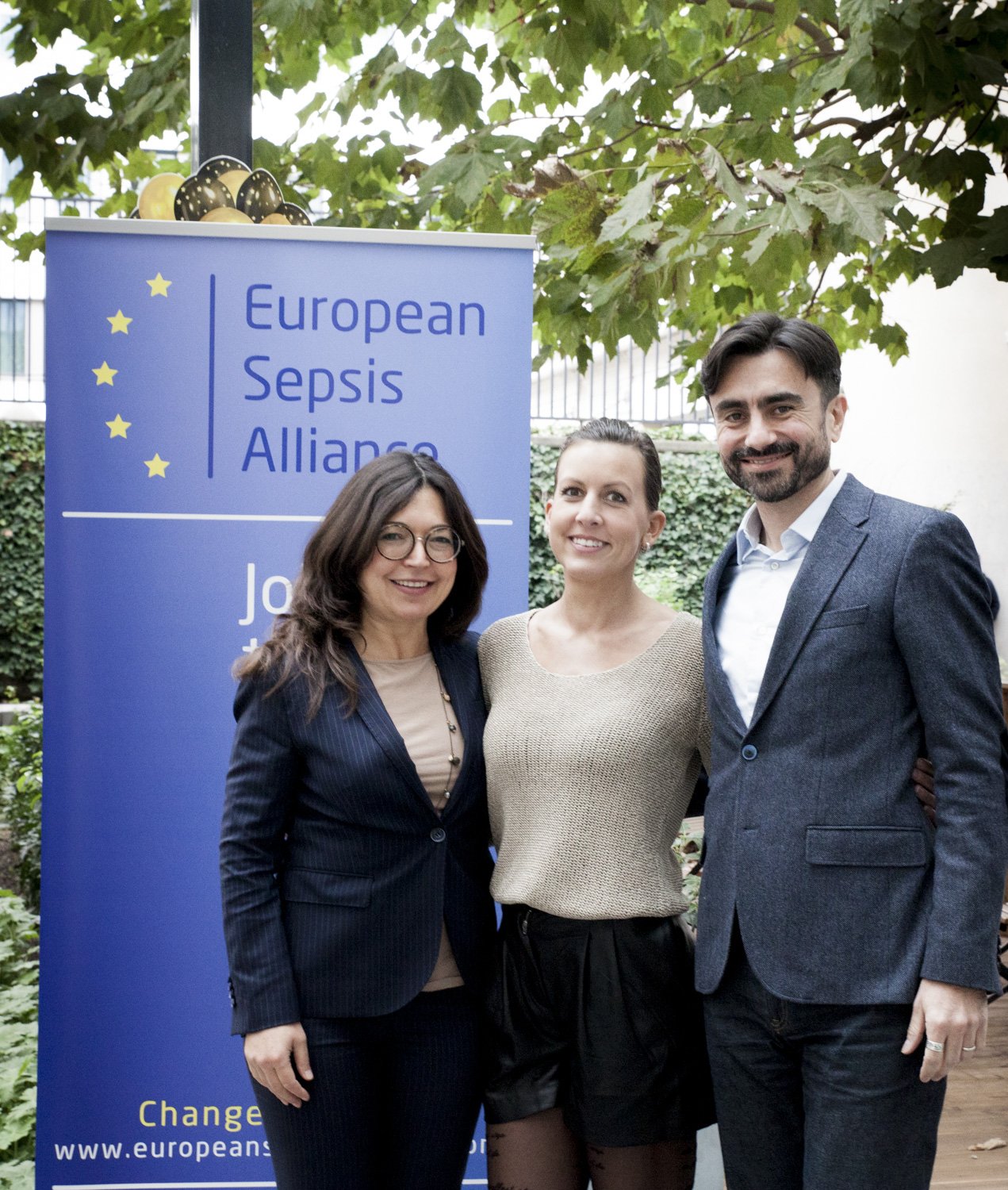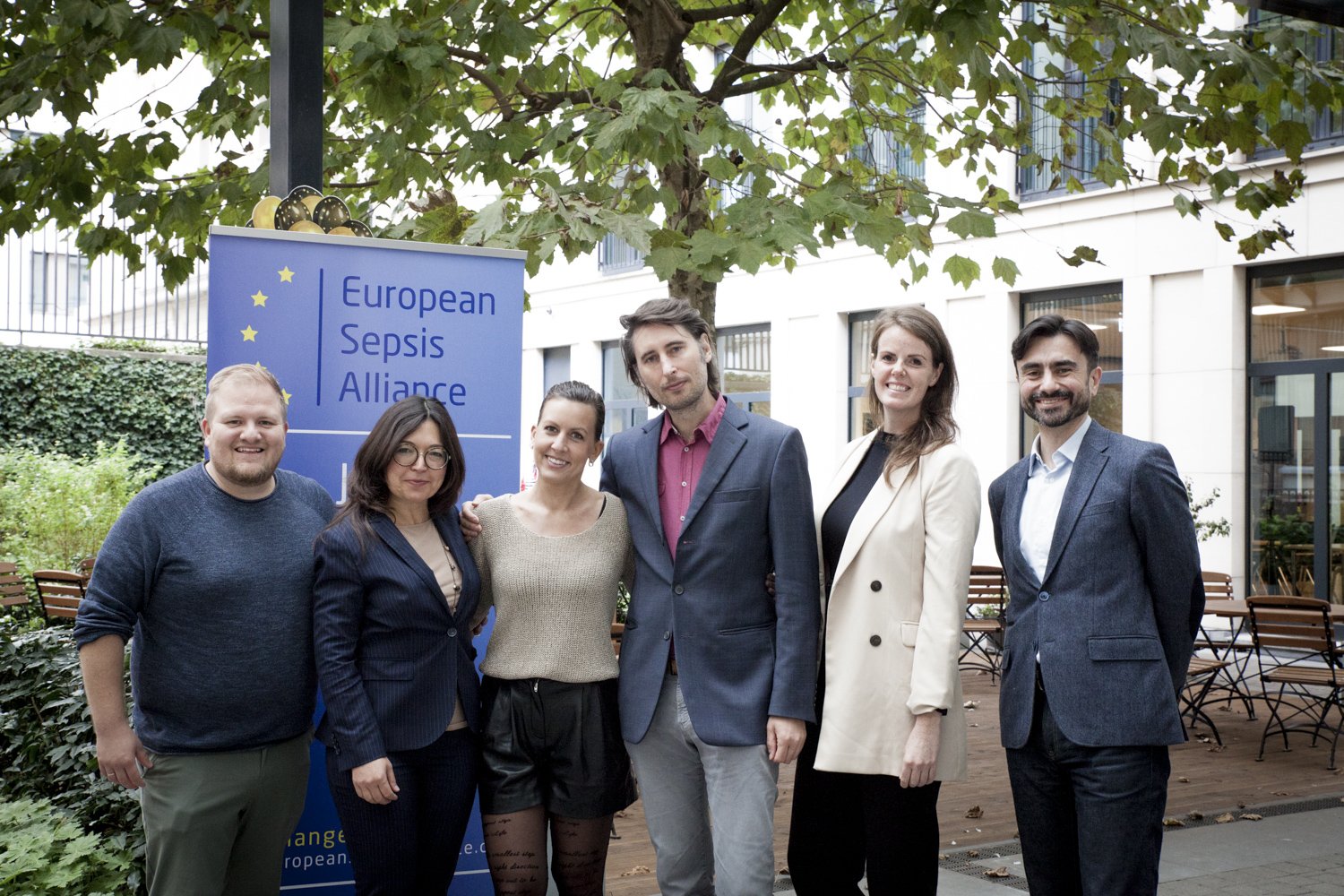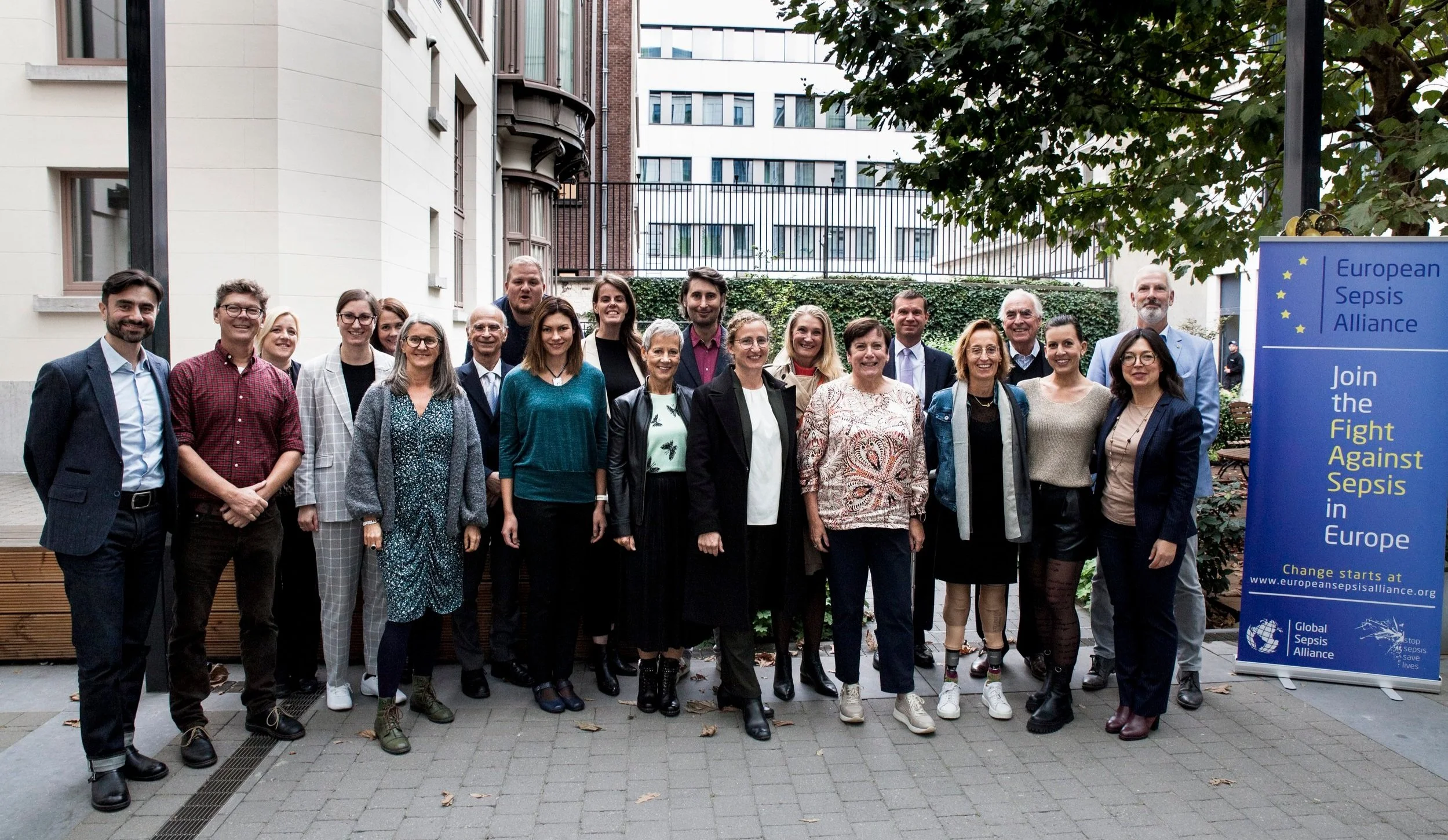ESA Annual Meeting, Kyriakides: “It is crucial to try and address this global threat by working together”
It is estimated that every year 680.000 people die of sepsis in Europe “This is more than the population of Luxembourg“ noted European Commissioner Kyriakides at the European Sepsis Alliance annual meeting in Brussels on 20 September. Sepsis, a deadly consequence of infections due to a dysregulated immune system reaction to them, must be treated early and with broad-spectrum antibiotics. “The nexus of AMR to sepsis is an area where we can and we must do better“ added Kyriakides, echoed later by Swedish AMR Ambassador Malin Grape. Last June, also G7 leaders stressed this link in their conclusions.
“Via existing and new processes, the European Commission and Council can facilitate the sharing of knowledge and best practices that some countries are putting in place to implement the World Health Assembly Resolution of 2017 on sepsis, that they signed up to.”, commented Prof. Evangelos Giamarellos-Bourboulis, ESA Chair, after the meeting. “Sepsis should also be integrated into the ECDC work plan, as a consequence of communicable diseases and possible outbreaks. This was already demonstrated by the pandemic: close to 80% of COVID-19 patients in ICU have sepsis, which remains the most common cause of death.”
Tereza Šauer, a sepsis survivor from the Czech Republic, almost lost her life to sepsis back in March and shared her moving story at the meeting. After the first symptoms, she was sent back home from the hospital with painkillers. Subsequently, she developed septic shock, the ultimate and lethal stage. Tereza was lucky, but diagnosis is one of the areas of sepsis management that must be improved.
Difficult diagnosis, low awareness rates, incorrect reporting of sepsis cases, and lack of surveillance of the incidence of AMR on sepsis, make it difficult to assess and monitor the real burden of sepsis.
The cause triggering sepsis is still not totally well known. Sepsis research also needs to find innovative solutions, and more funds: “Thousands of mice have been saved, not one human in the last thirty years has been saved thanks to new therapeutical approaches.”, shared Prof. Cavaillon, from the French National Research Agency.
The issue of sepsis-related costs for the health system was also discussed at the meeting. The US CDC estimated $62 billion in the overall cost of sepsis on the US health system. Equivalent European data is missing, but a recent German study calculated €15,000 as the cost of hospitalization per sepsis patient, which amounts to €9 billion in total costs to the health system. However, sepsis survivors very often need rehabilitation and continued support in the years following their hospitalization. The same German study estimates €6.8 billion as the total cost of sepsis patients’ follow-up over three years.
Funds to set up processes and implement sepsis guidelines in European hospitals are urgently needed, as demonstrated by the result of the European Sepsis Care Survey presented by Dr. Christian Scheer at the event. The long-term benefits of sepsis guidelines have not yet been fully quantified, but “what is the cost of non-action?” concluded Malin Grape.
Photo gallery



